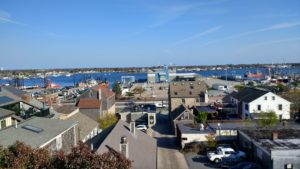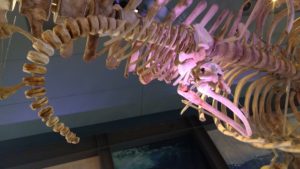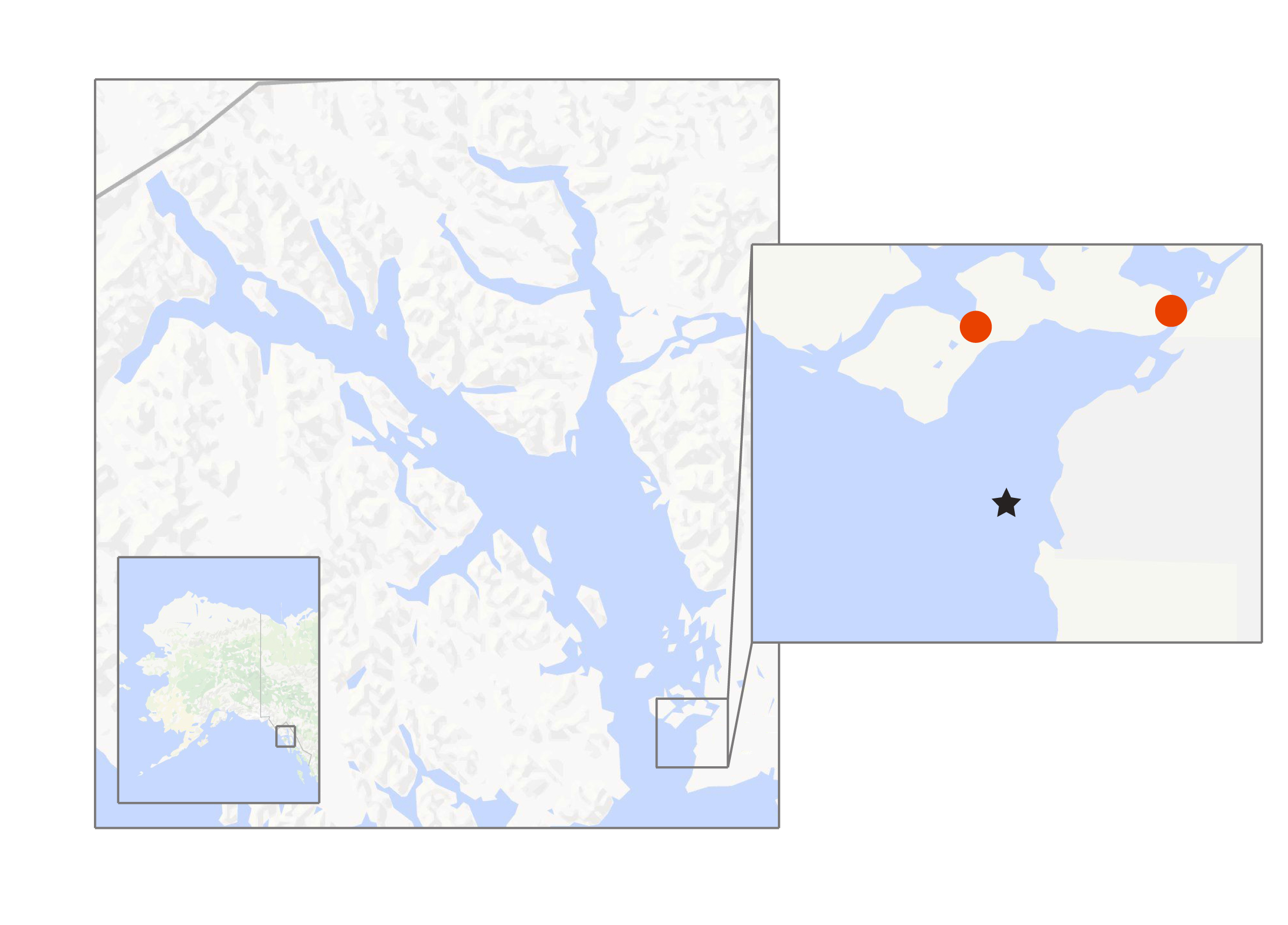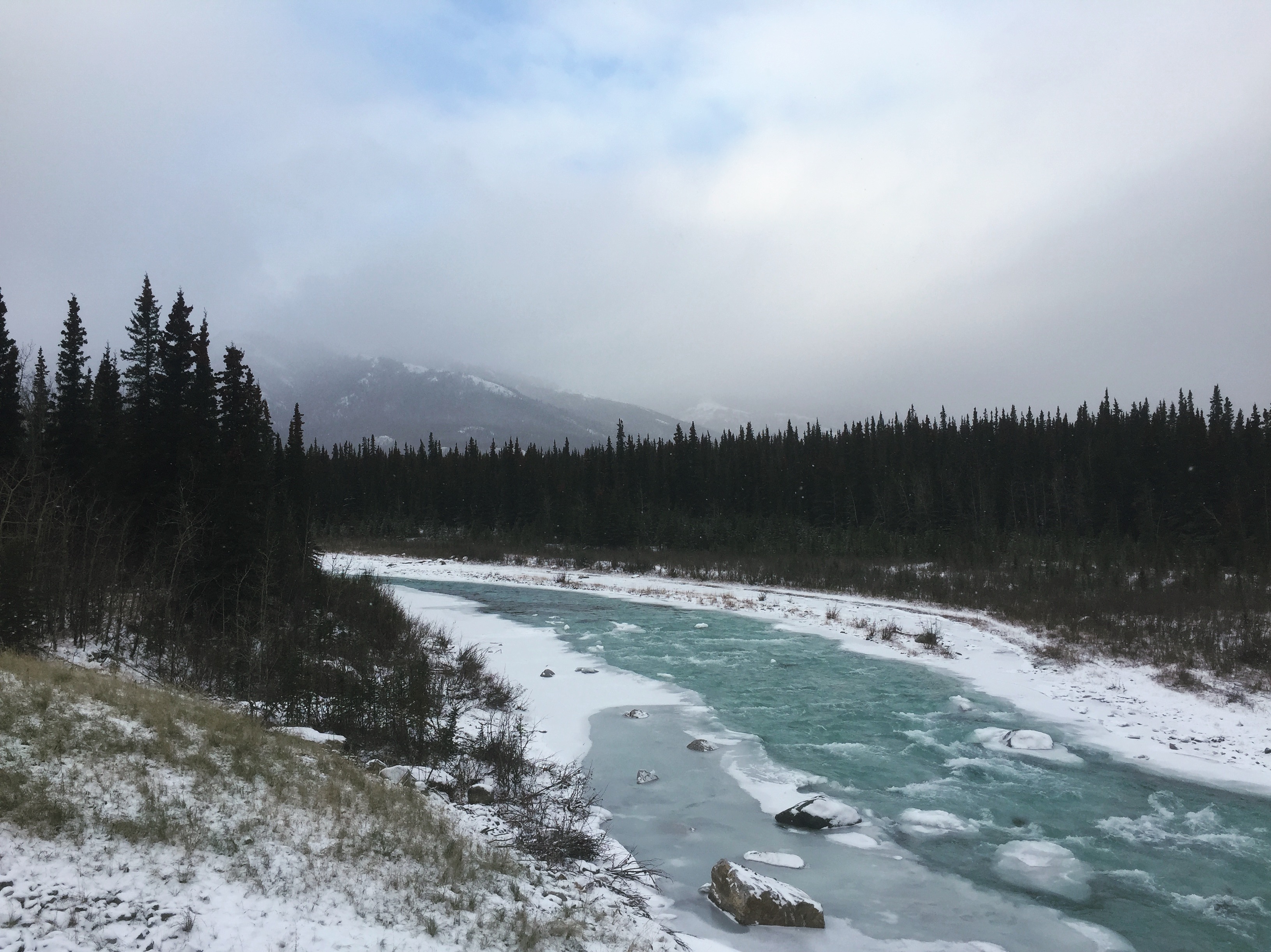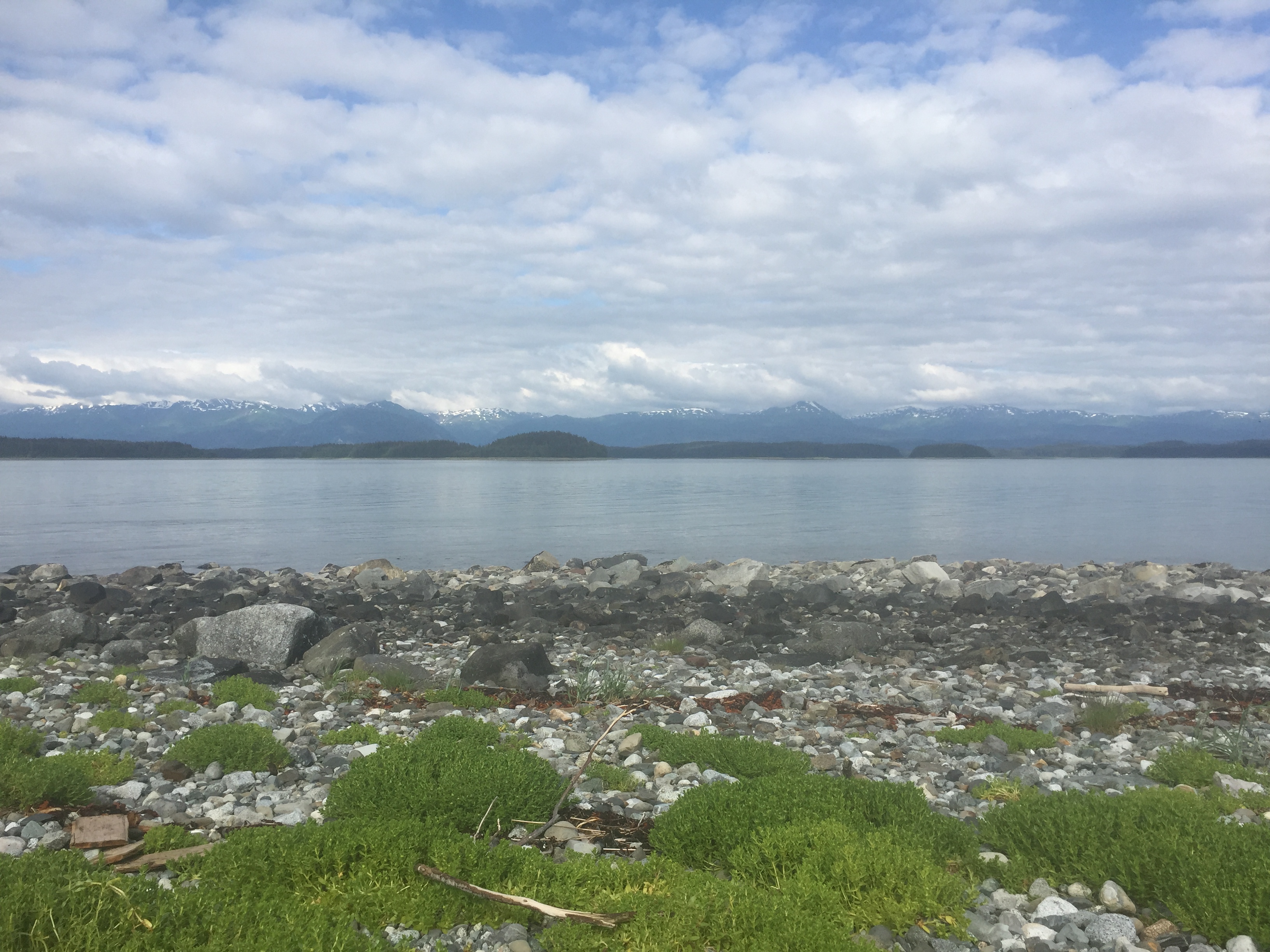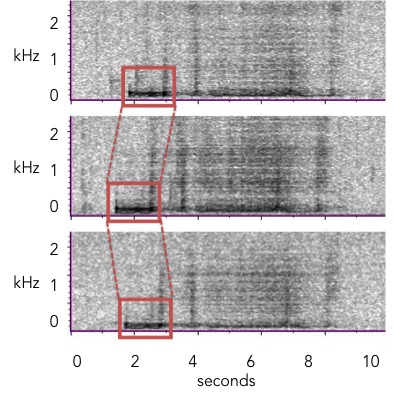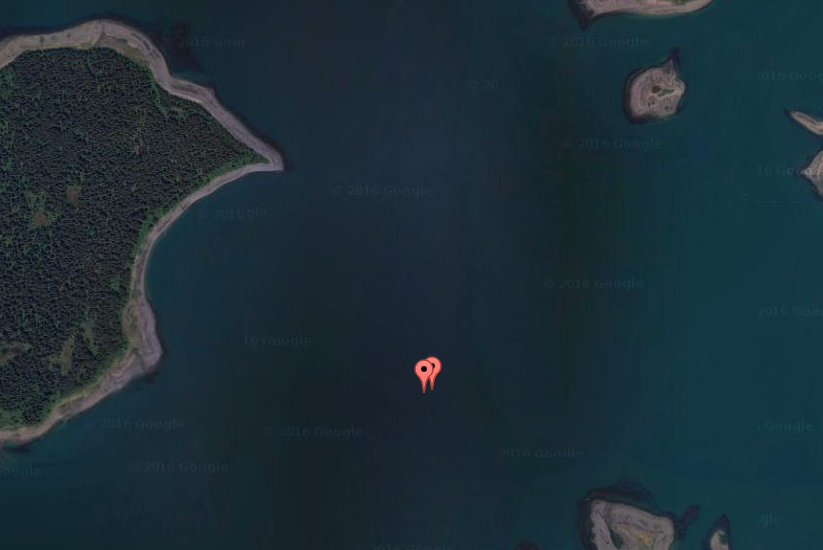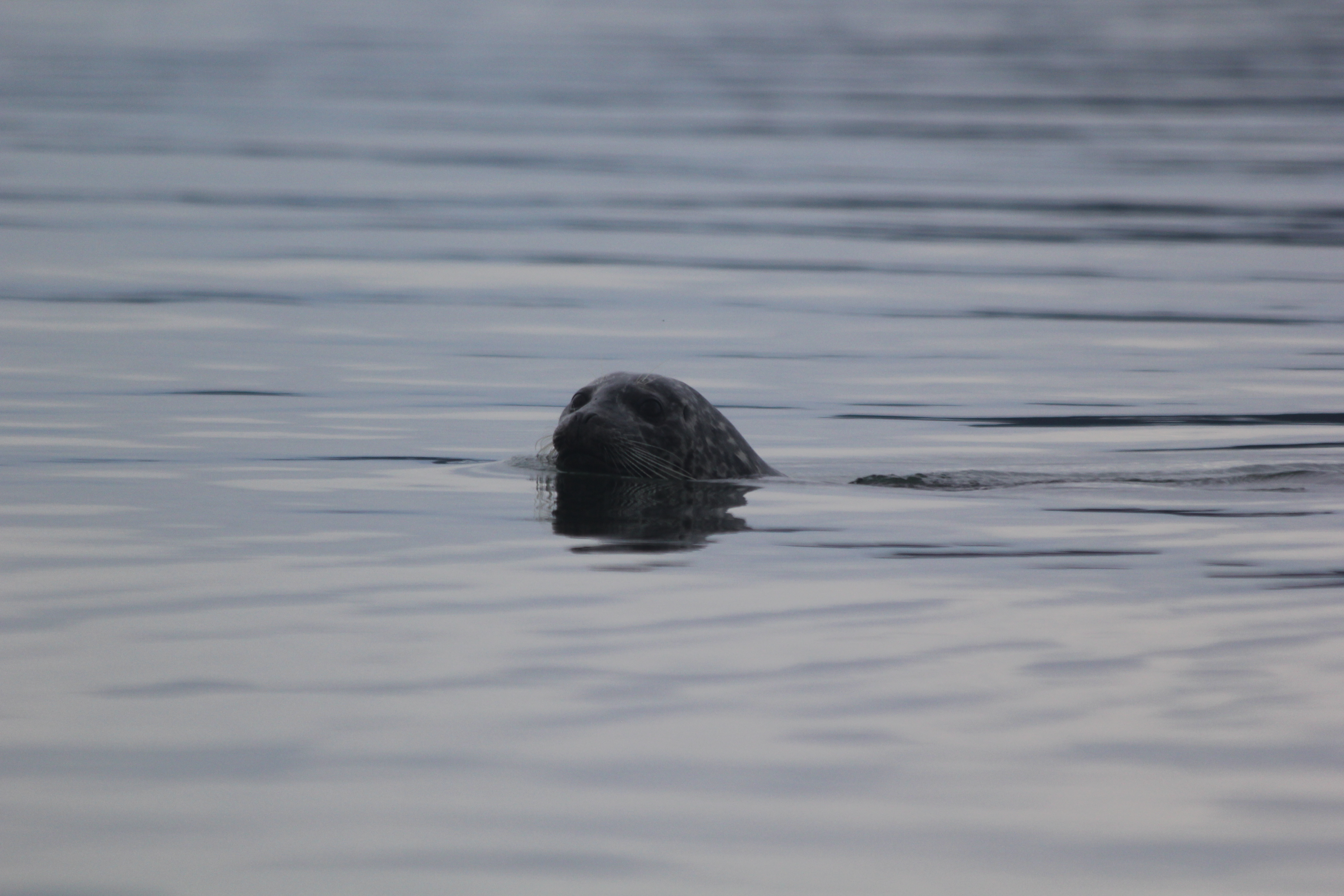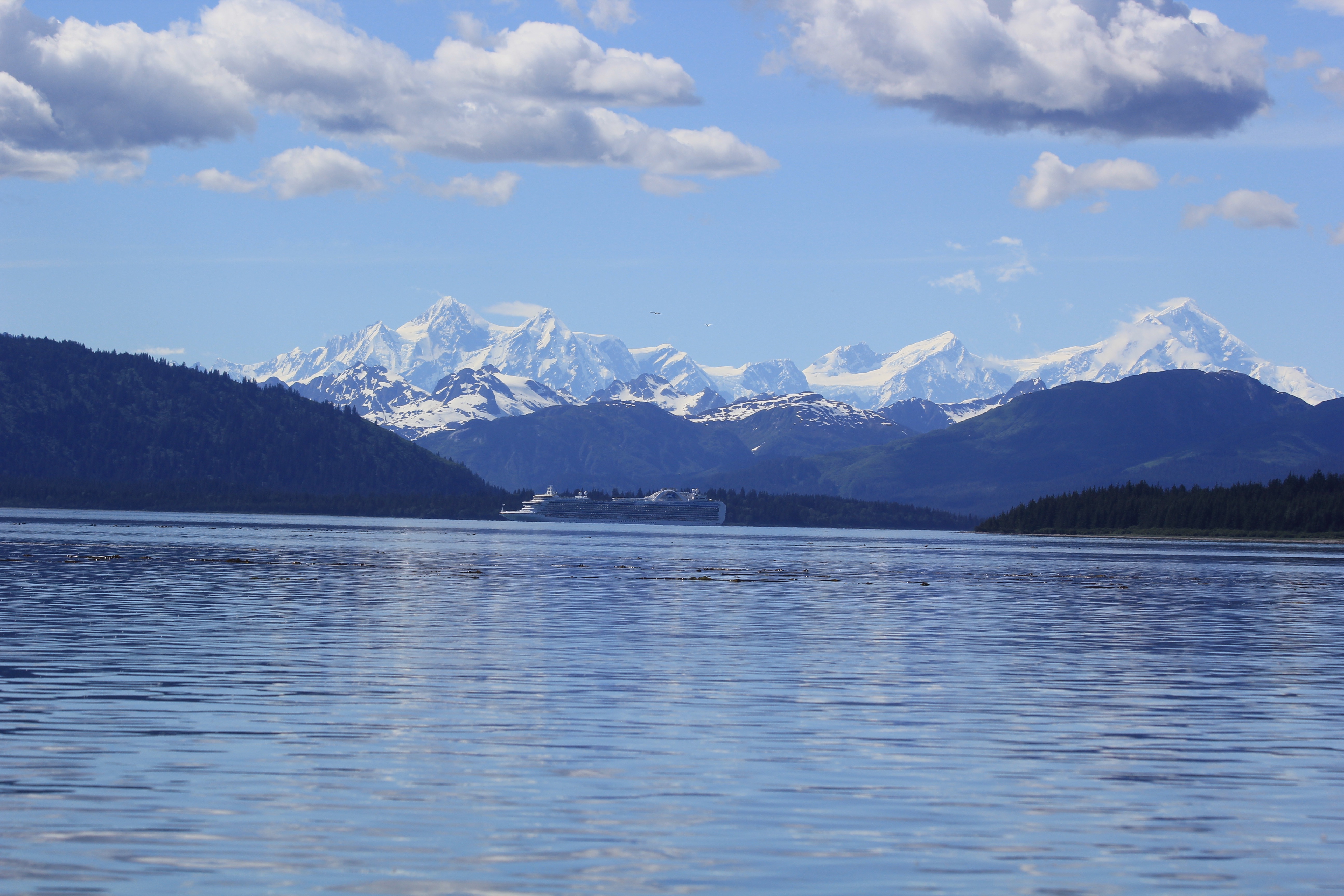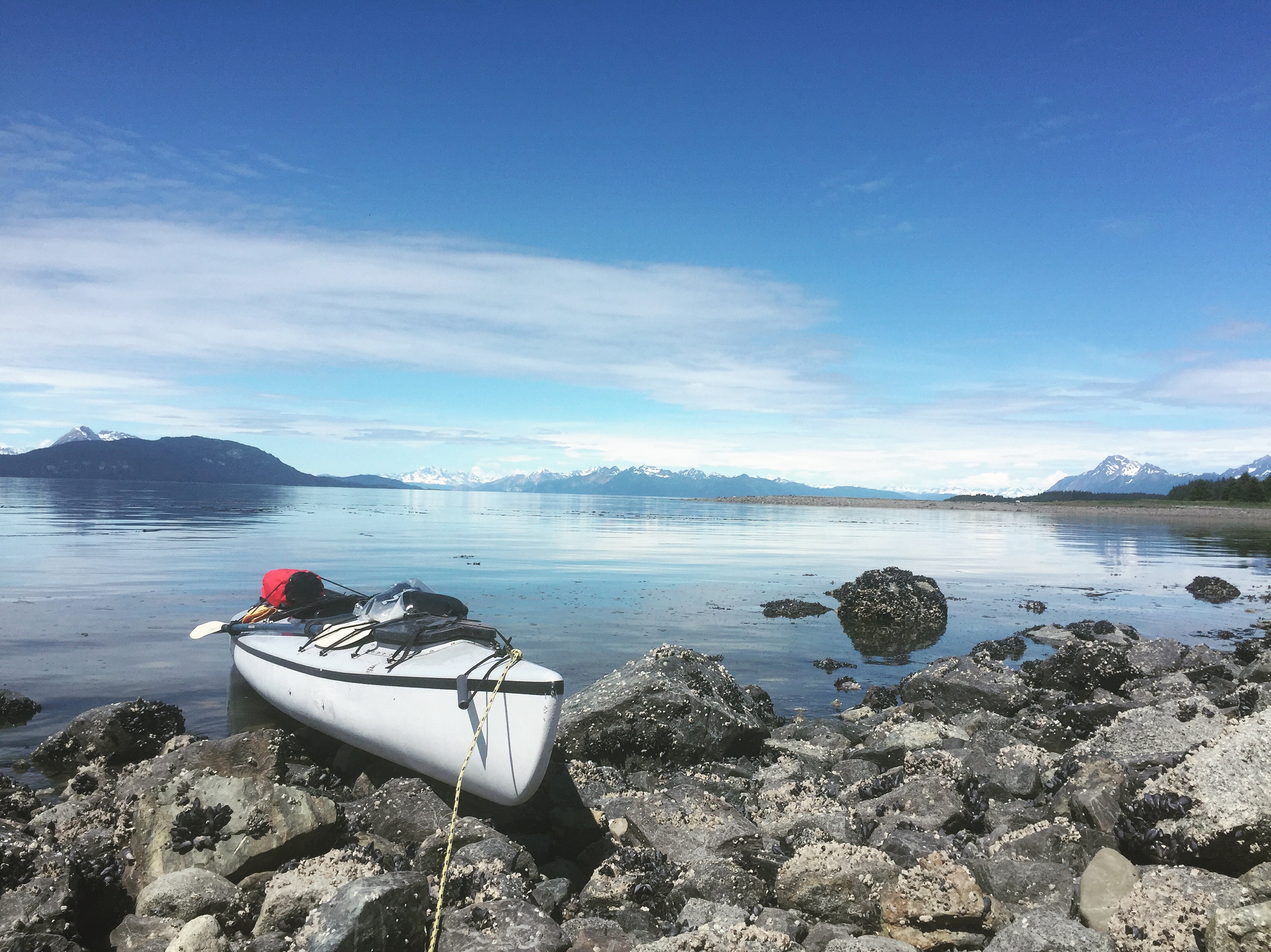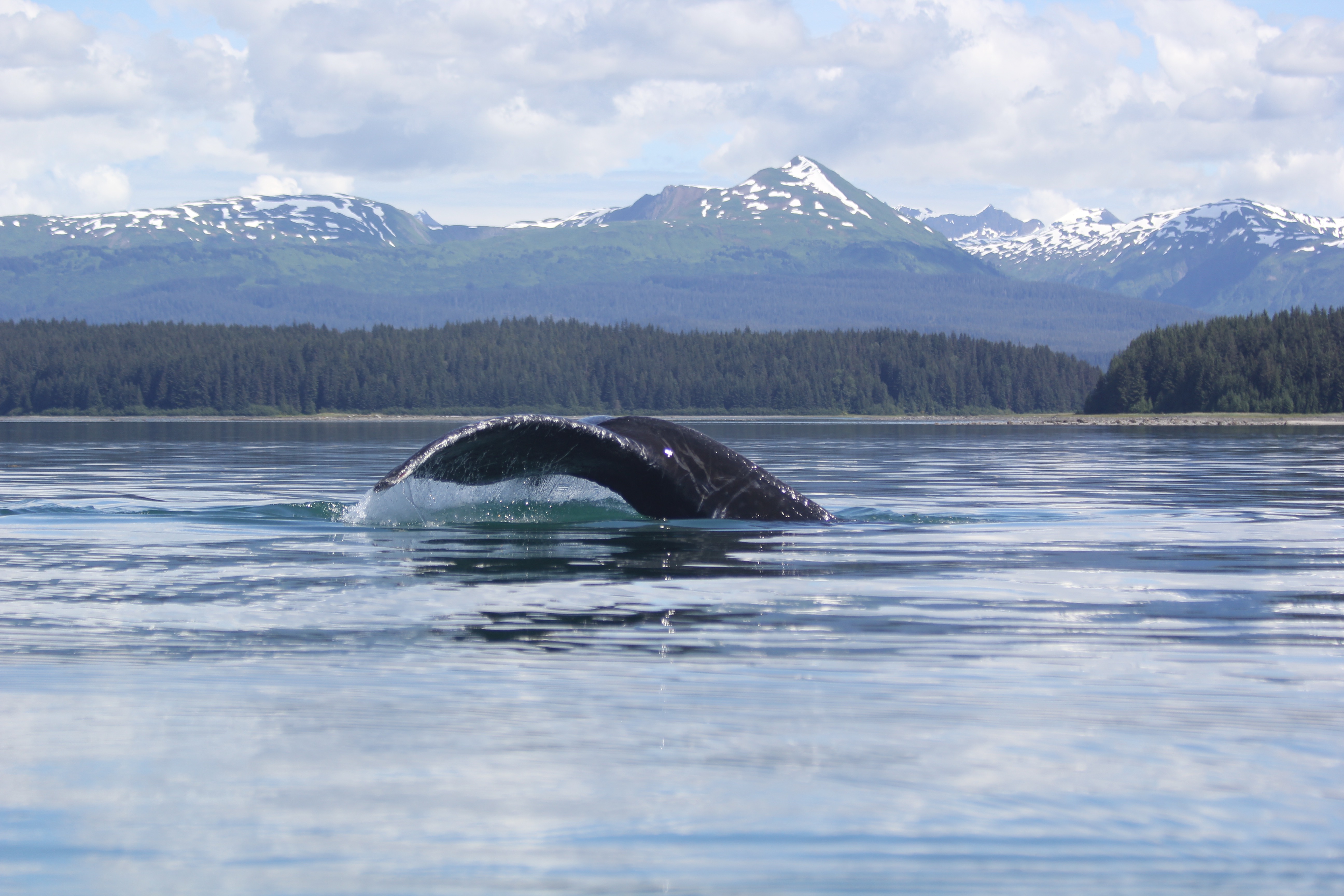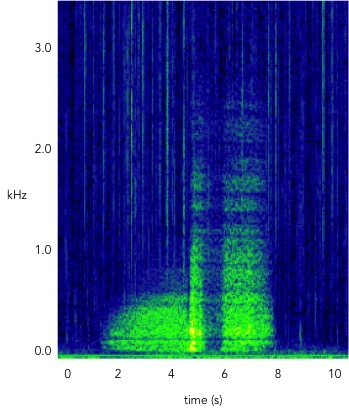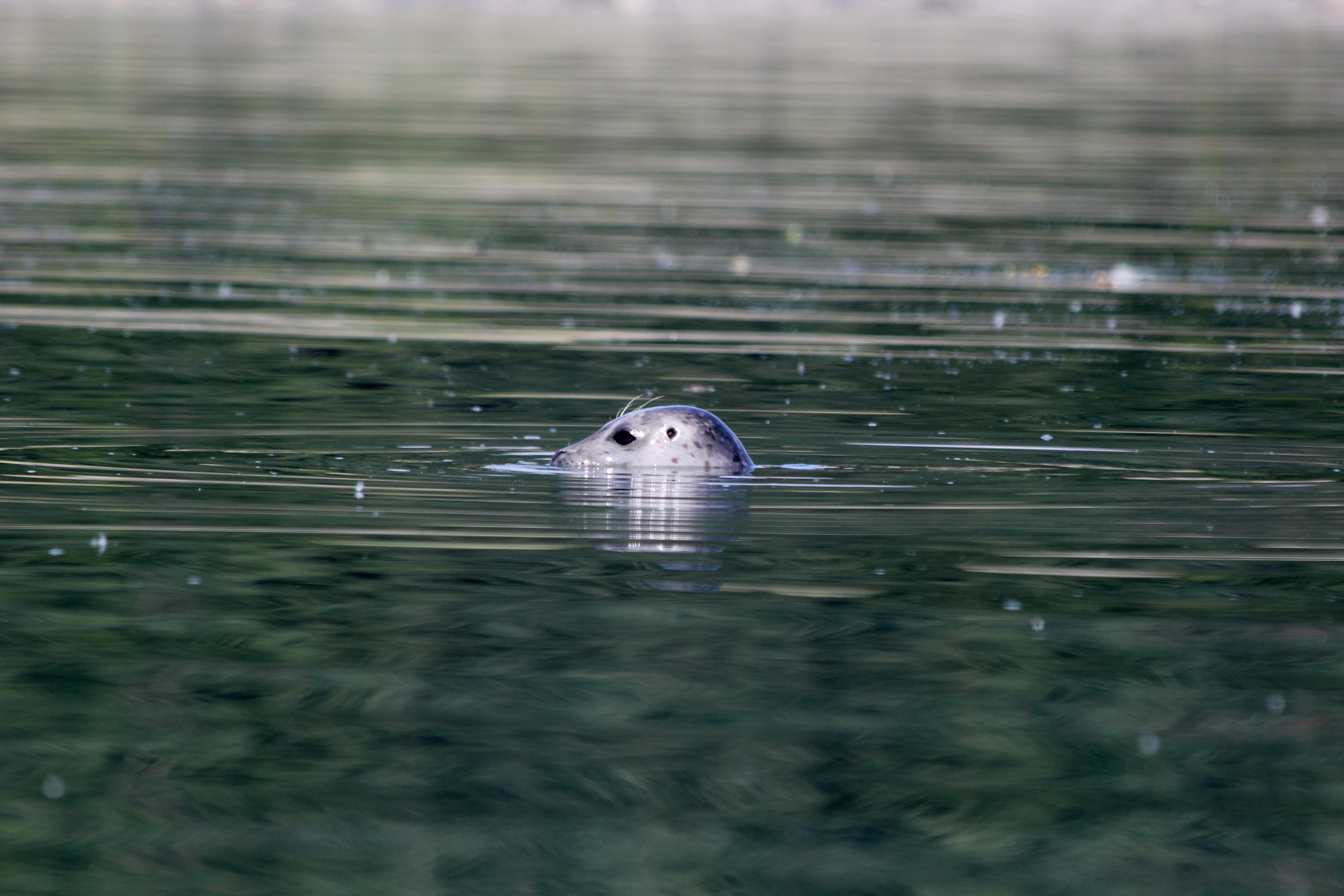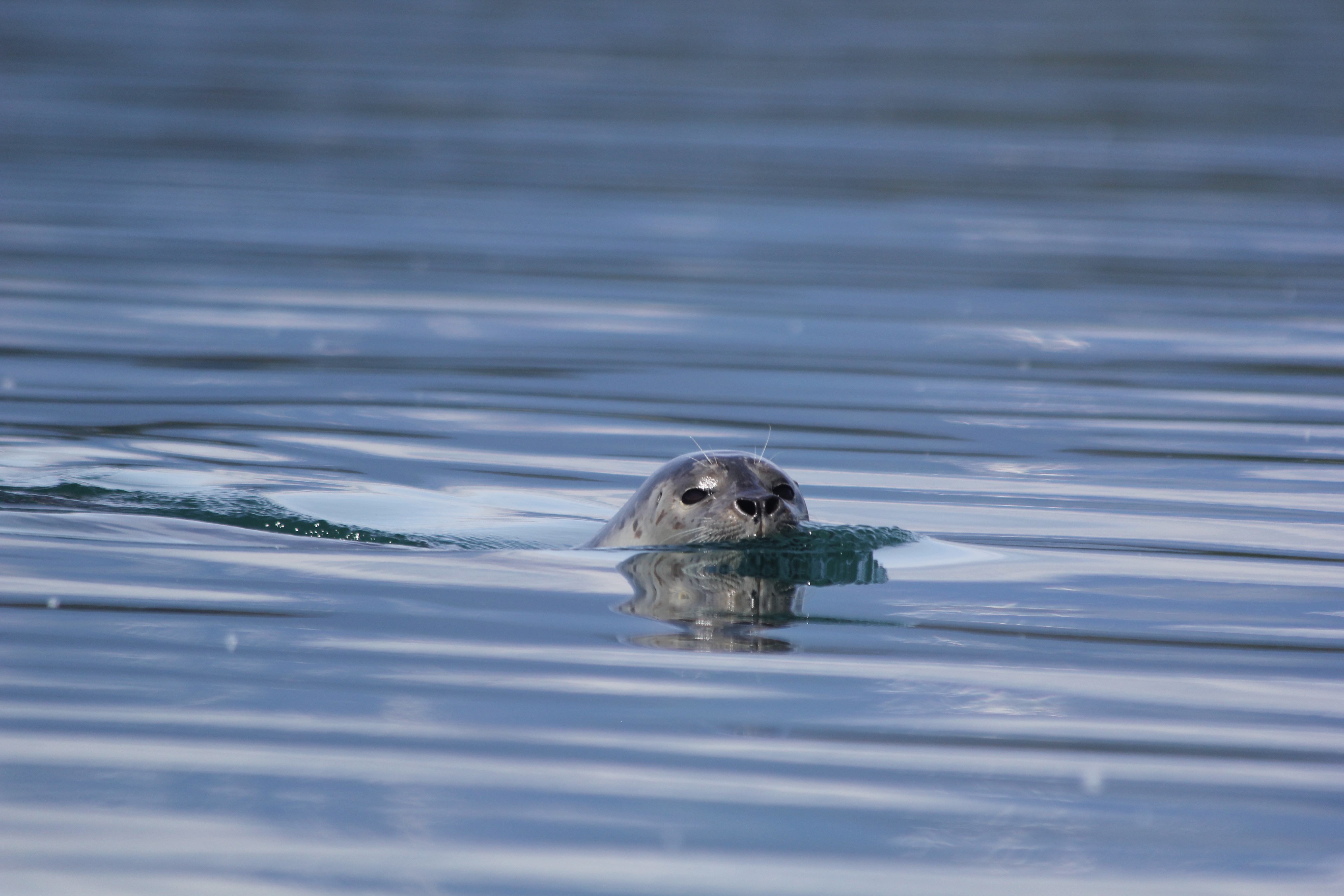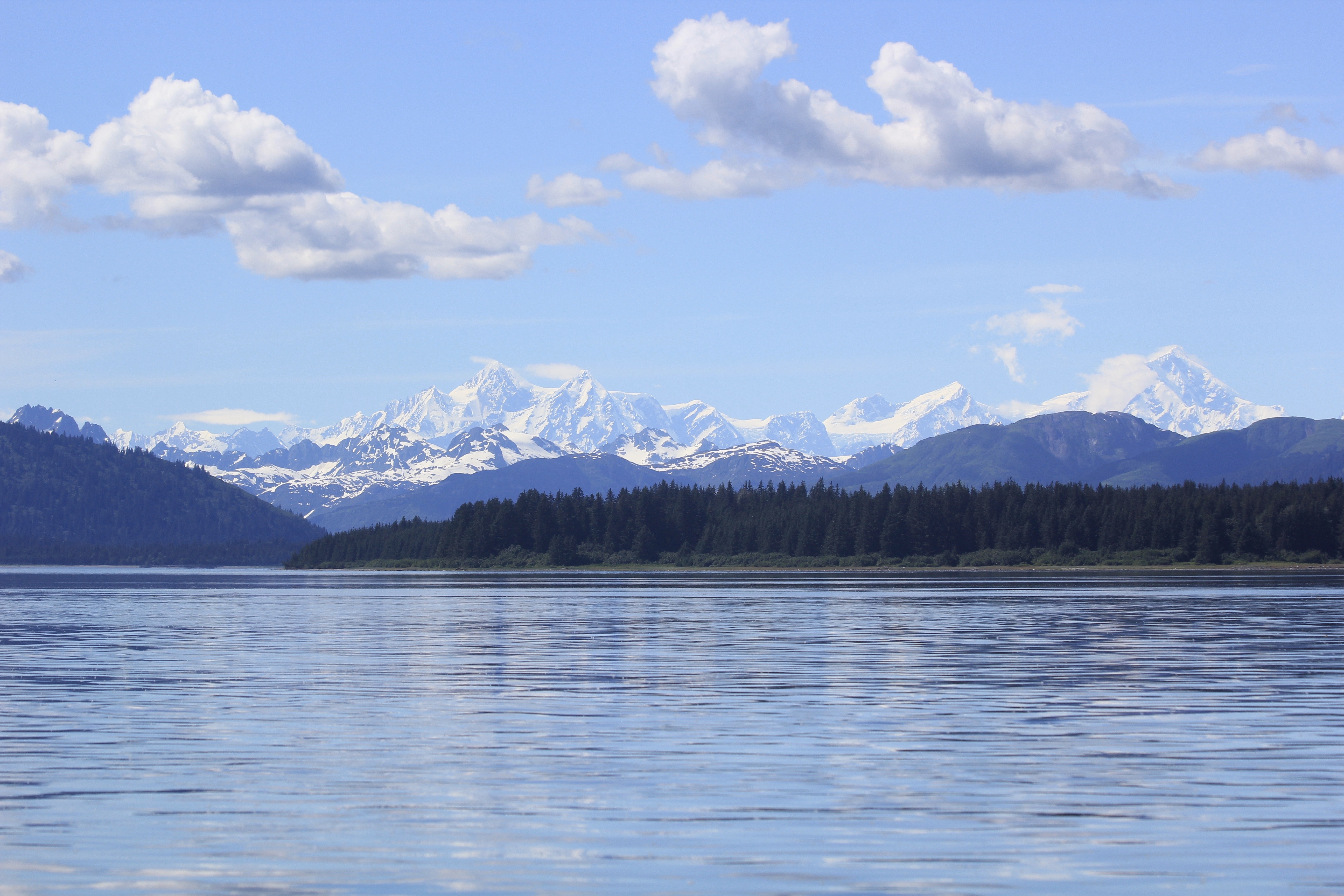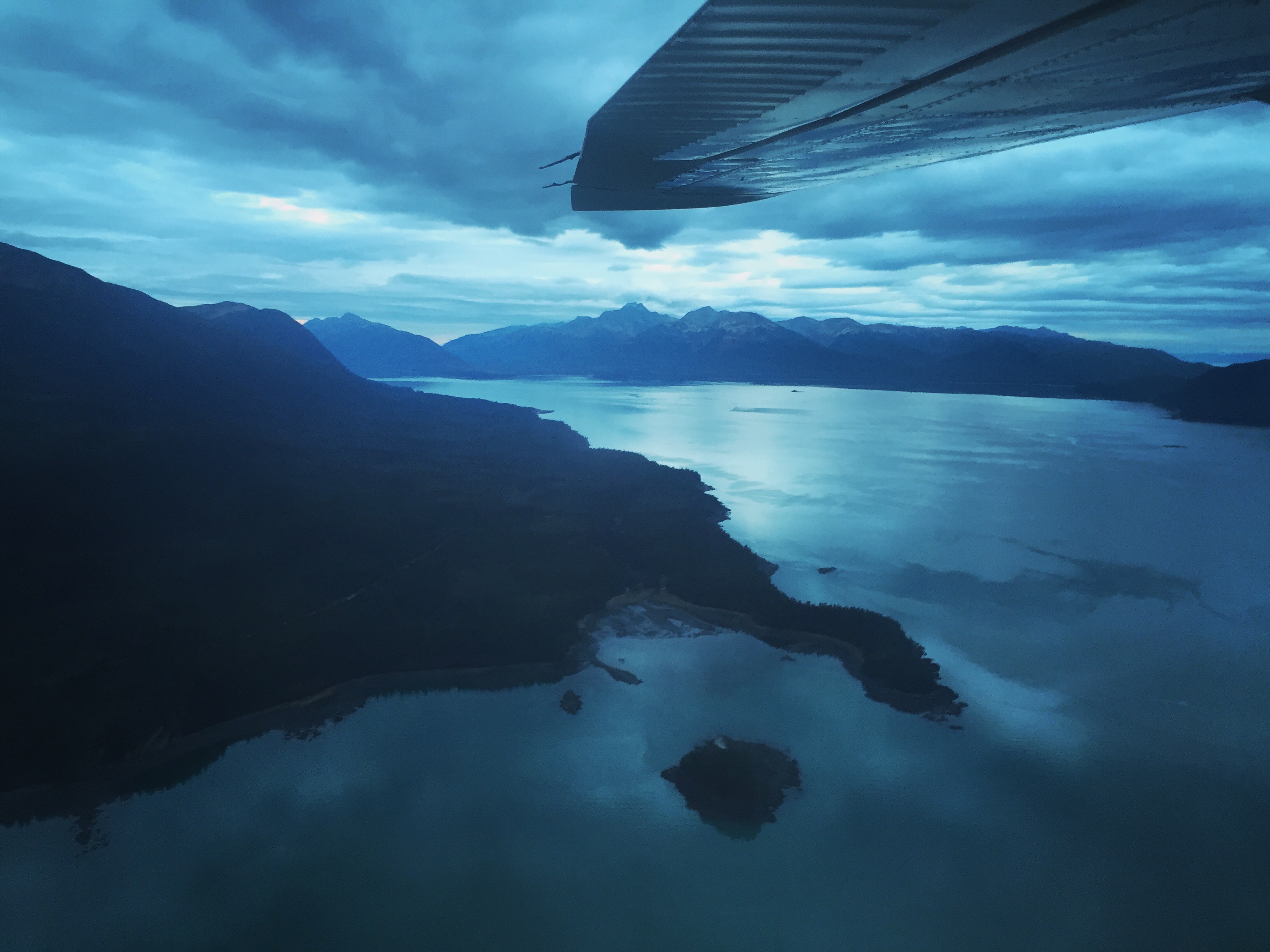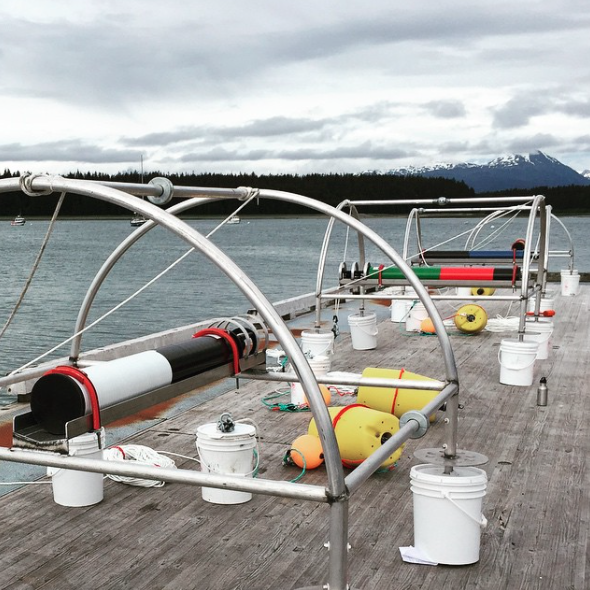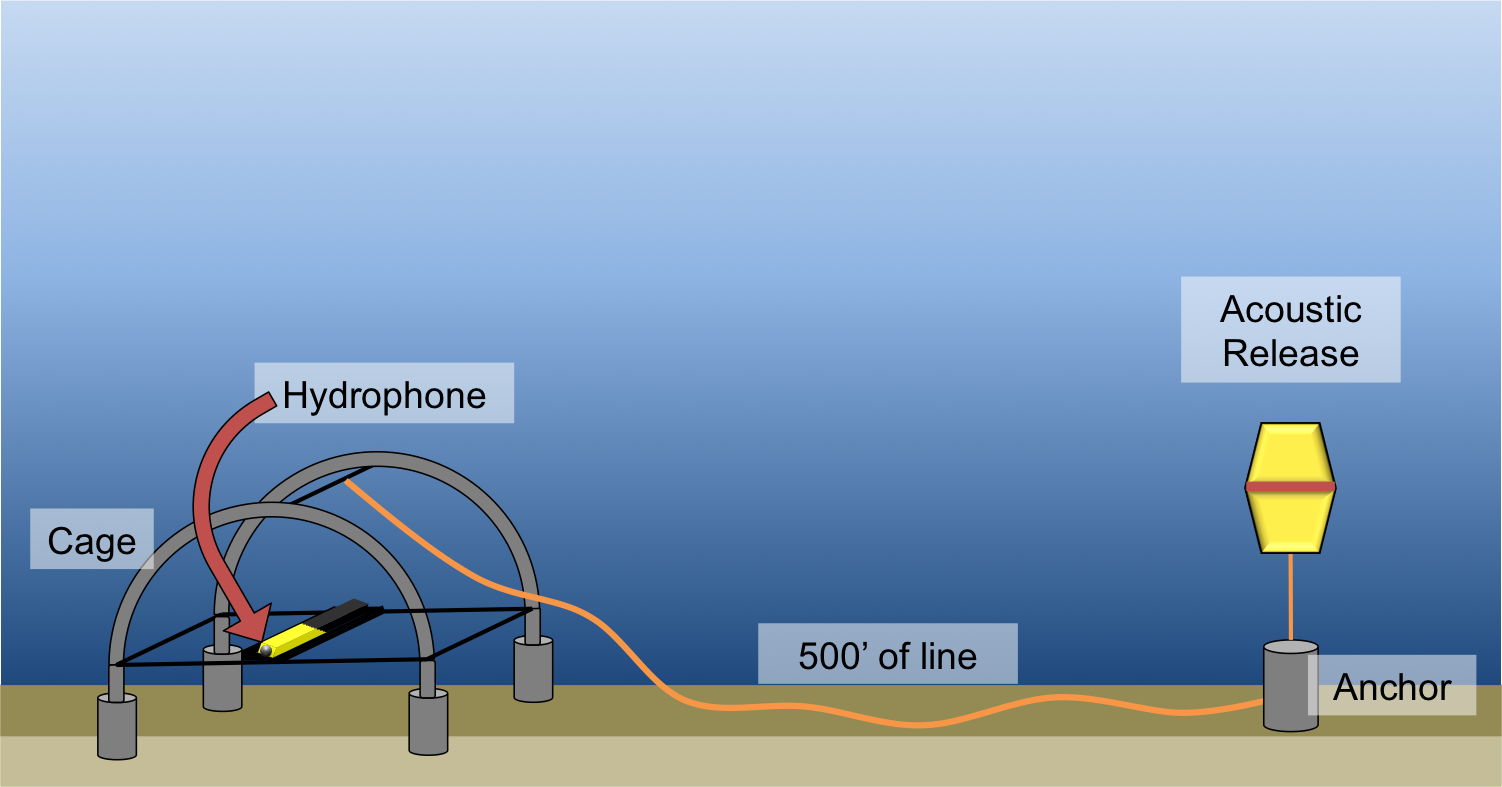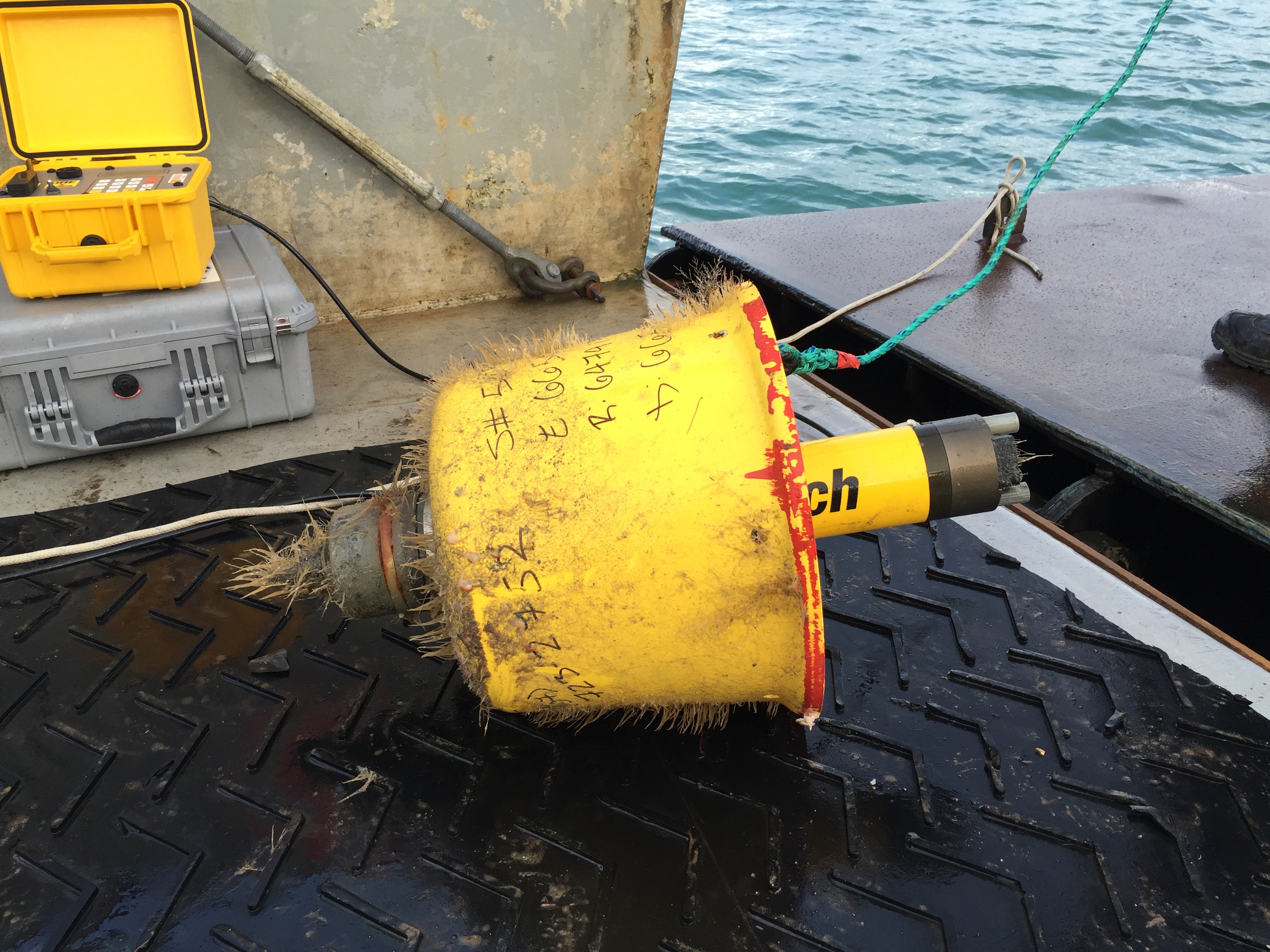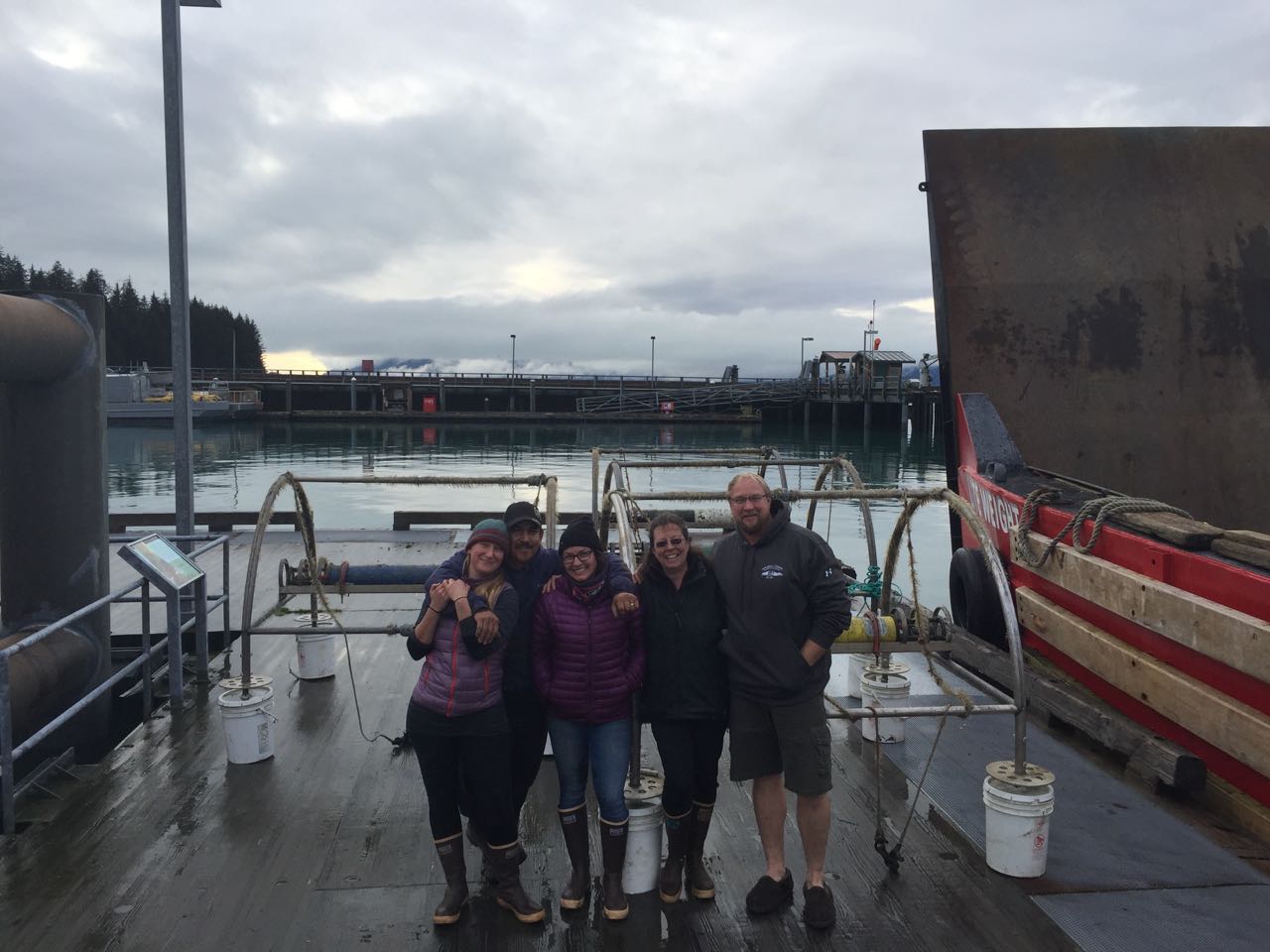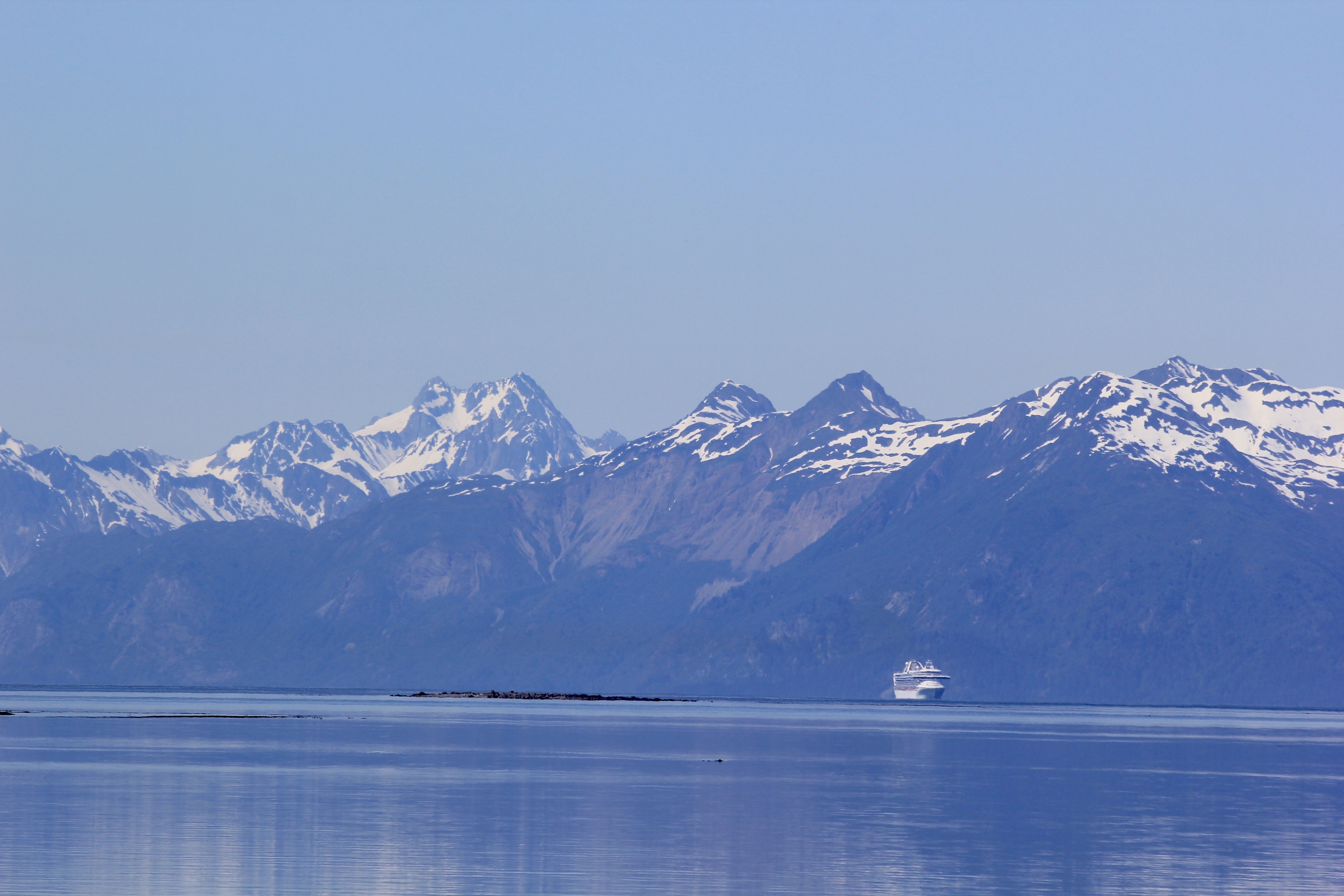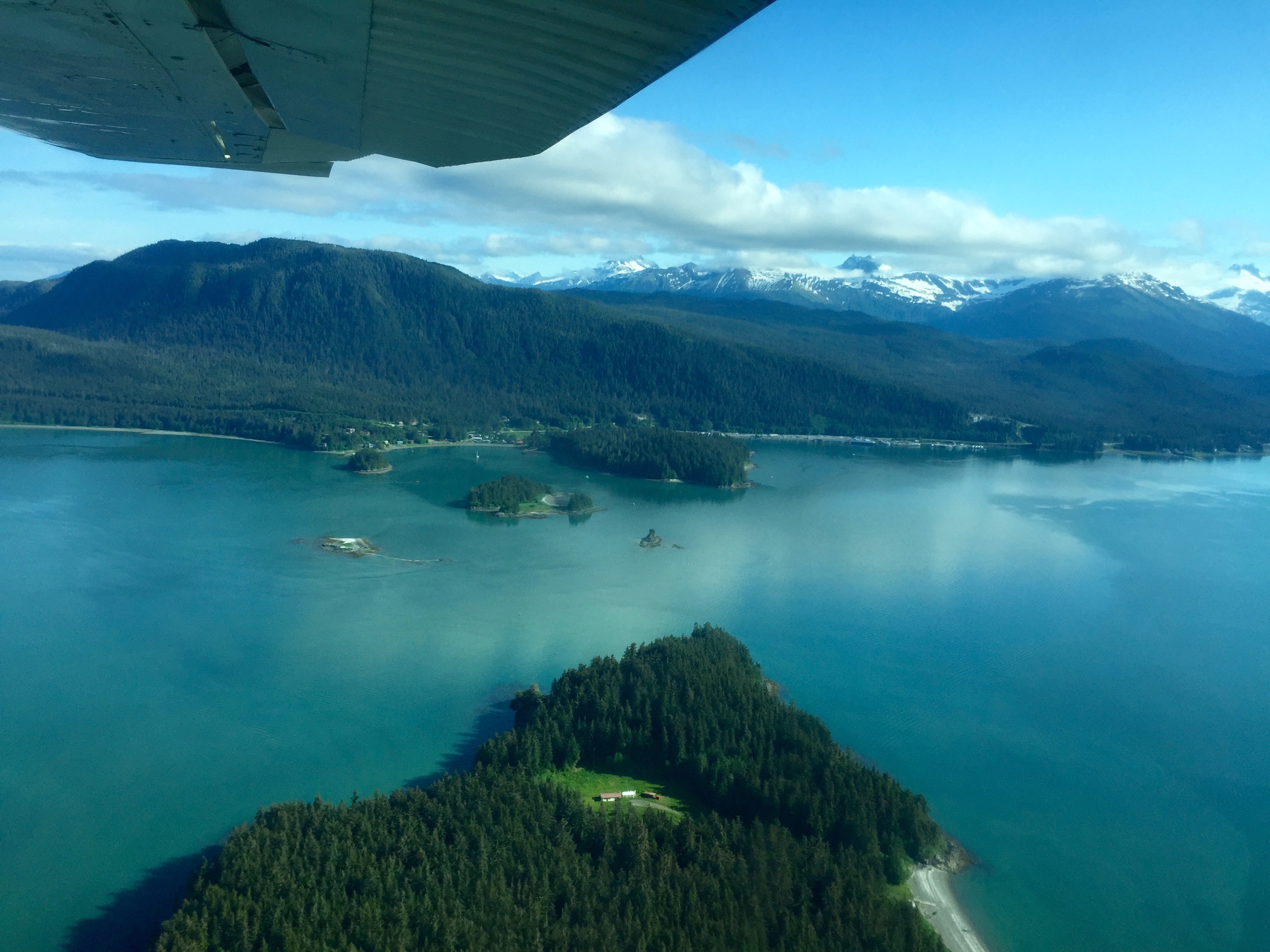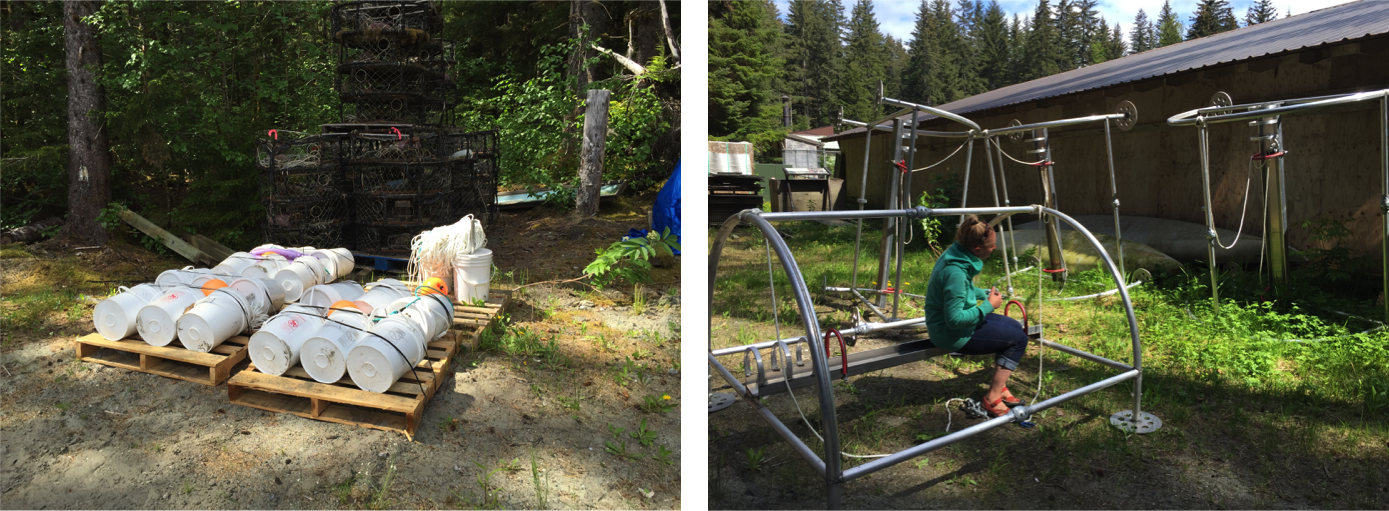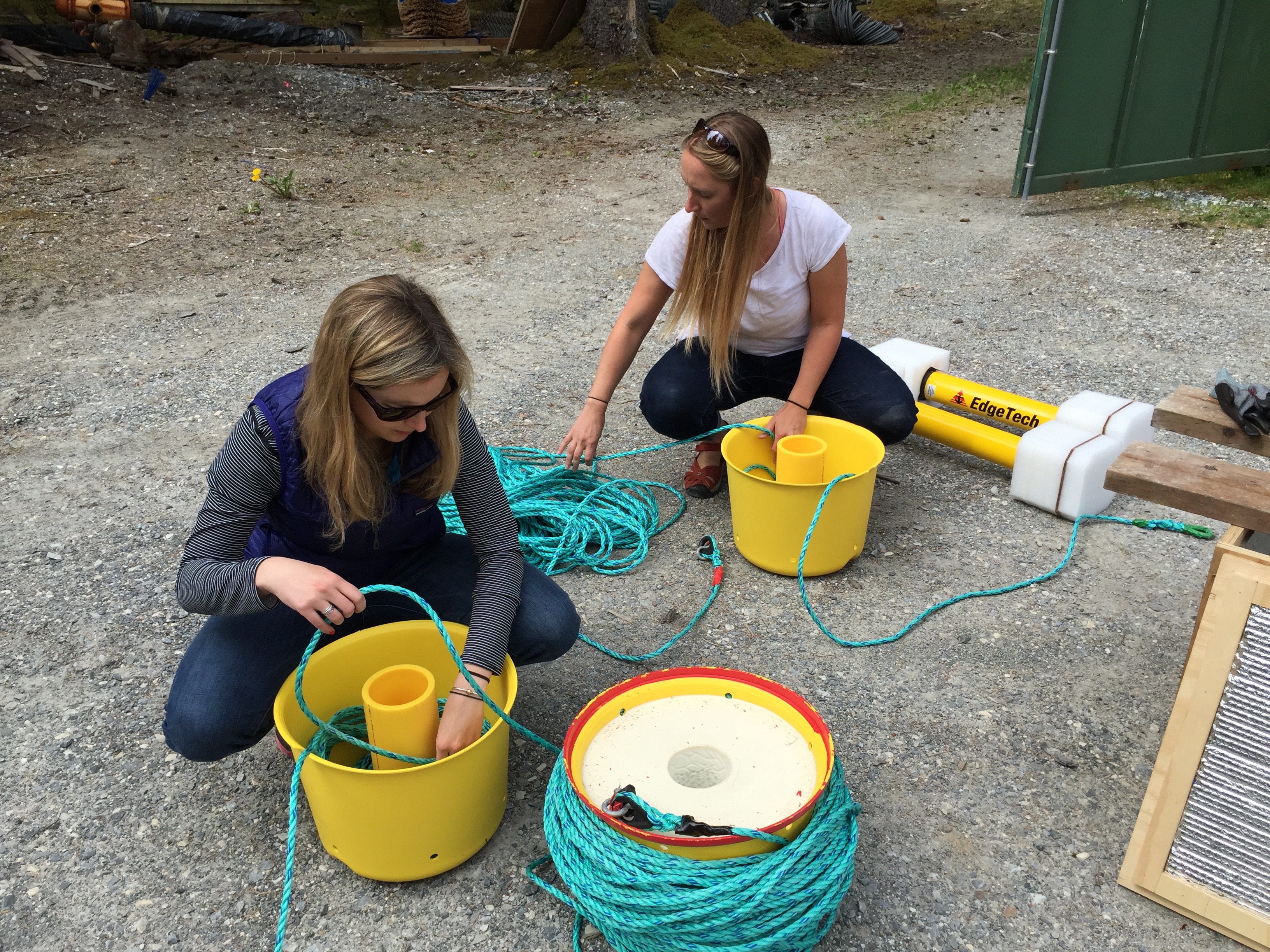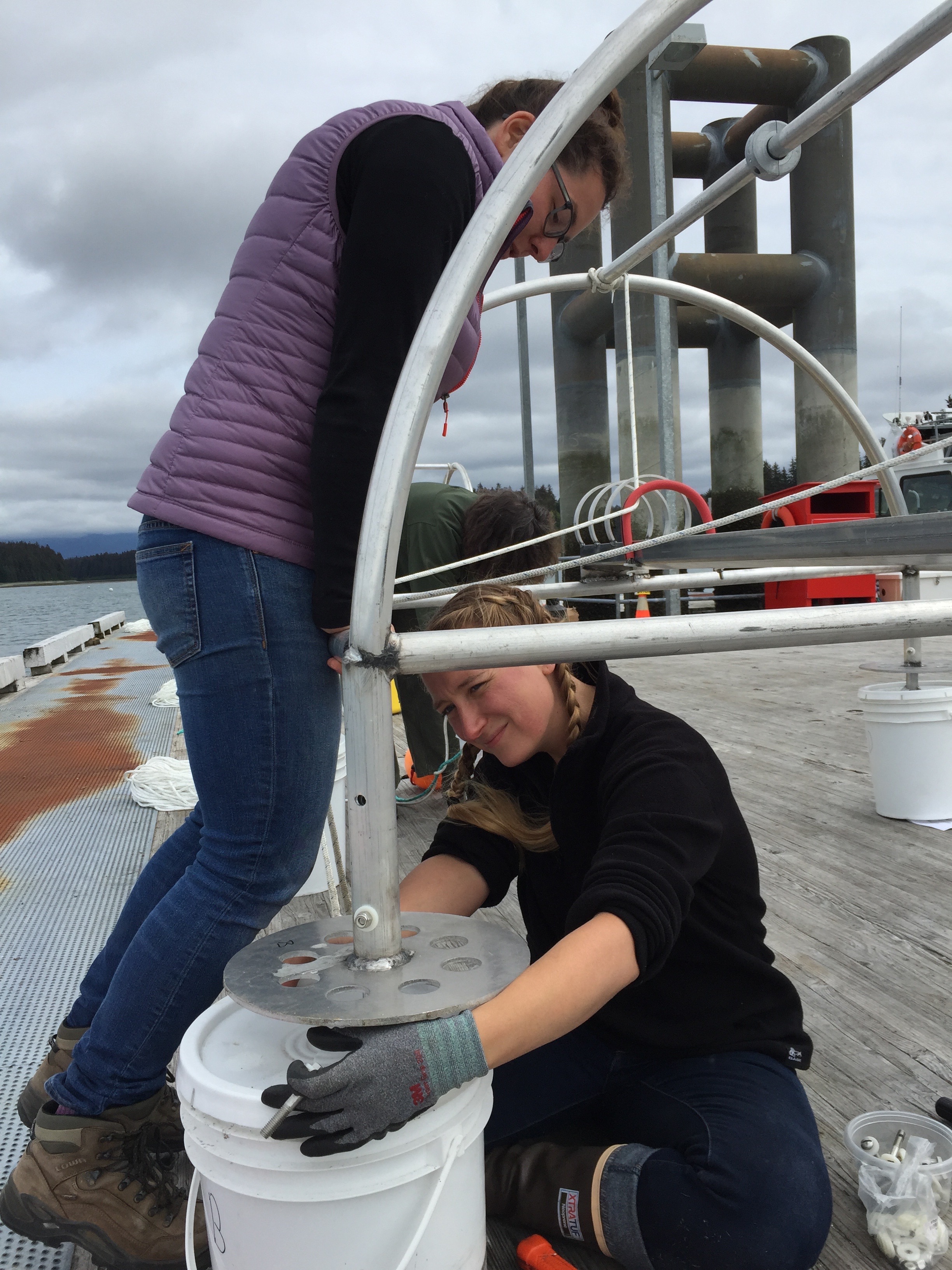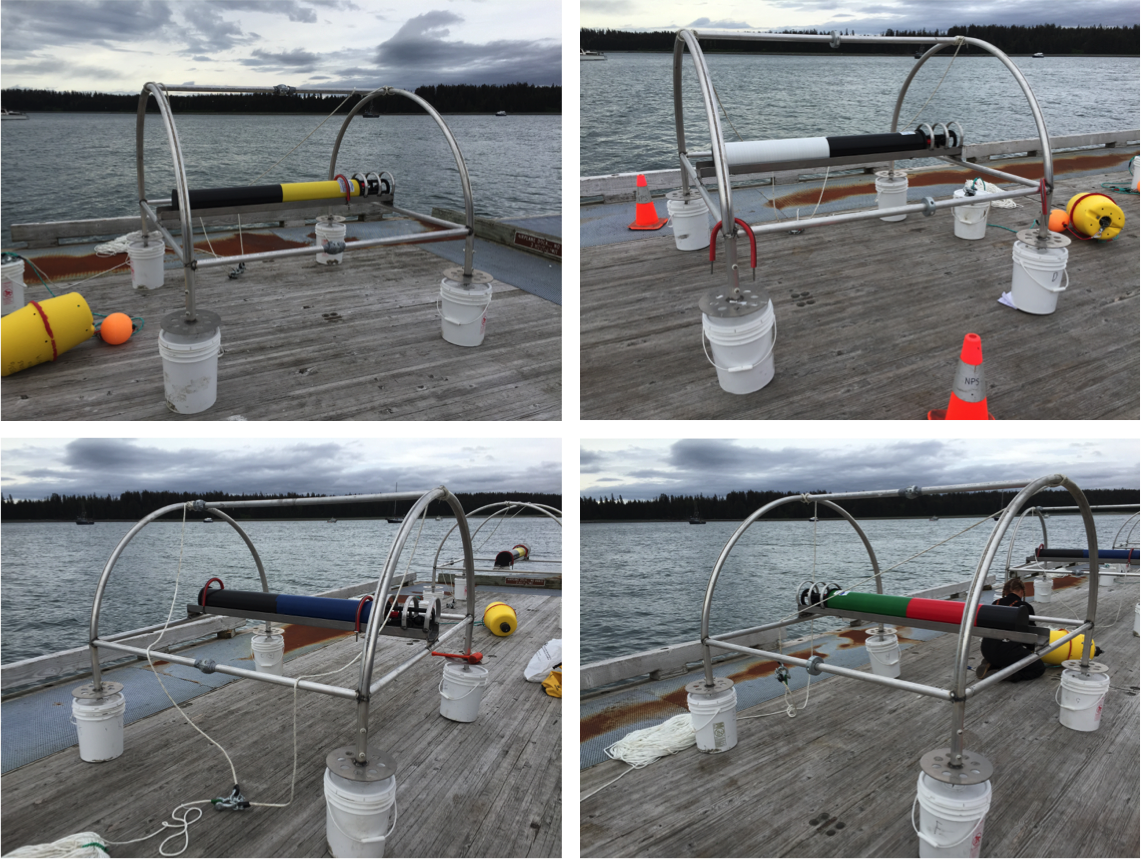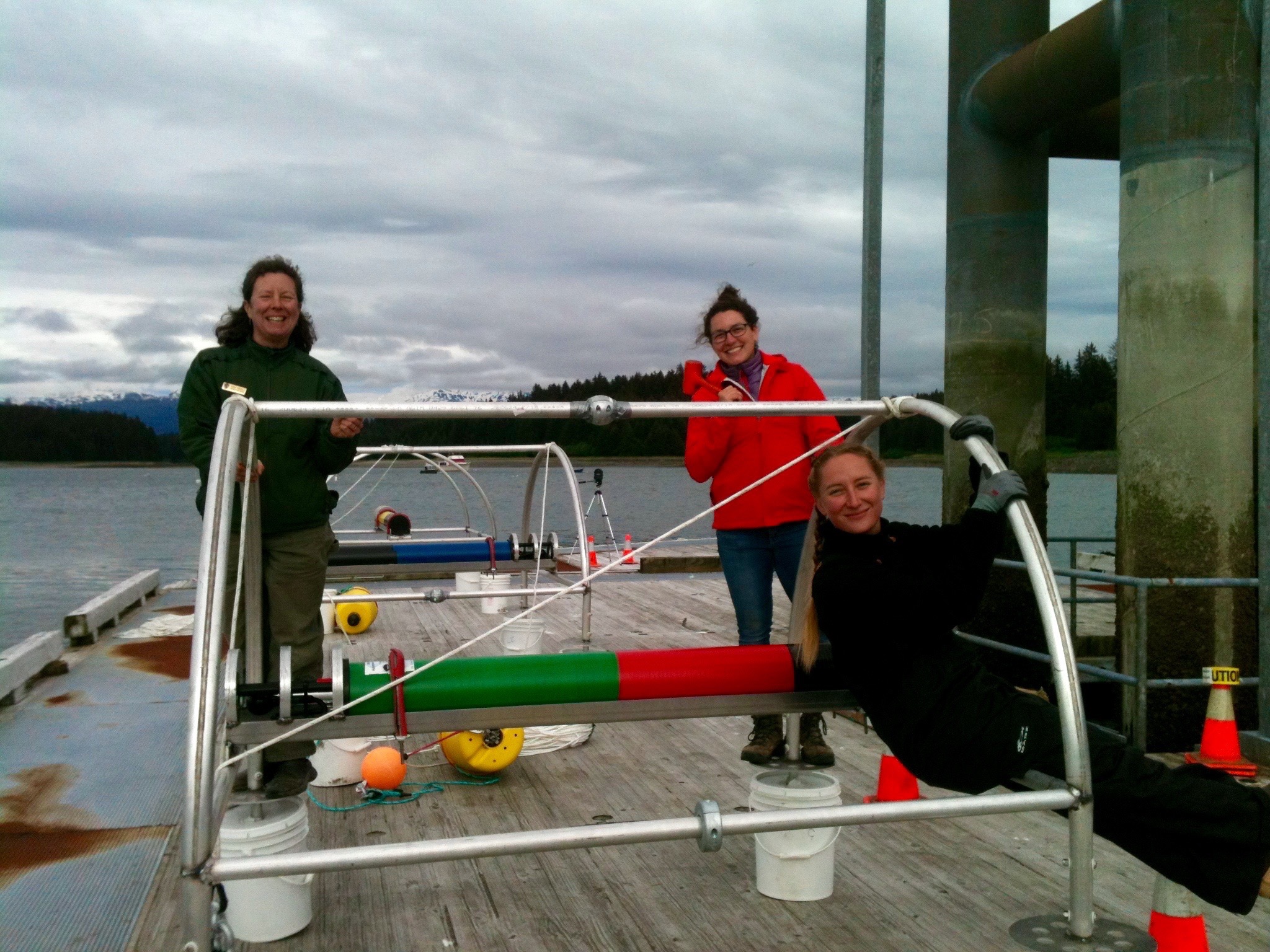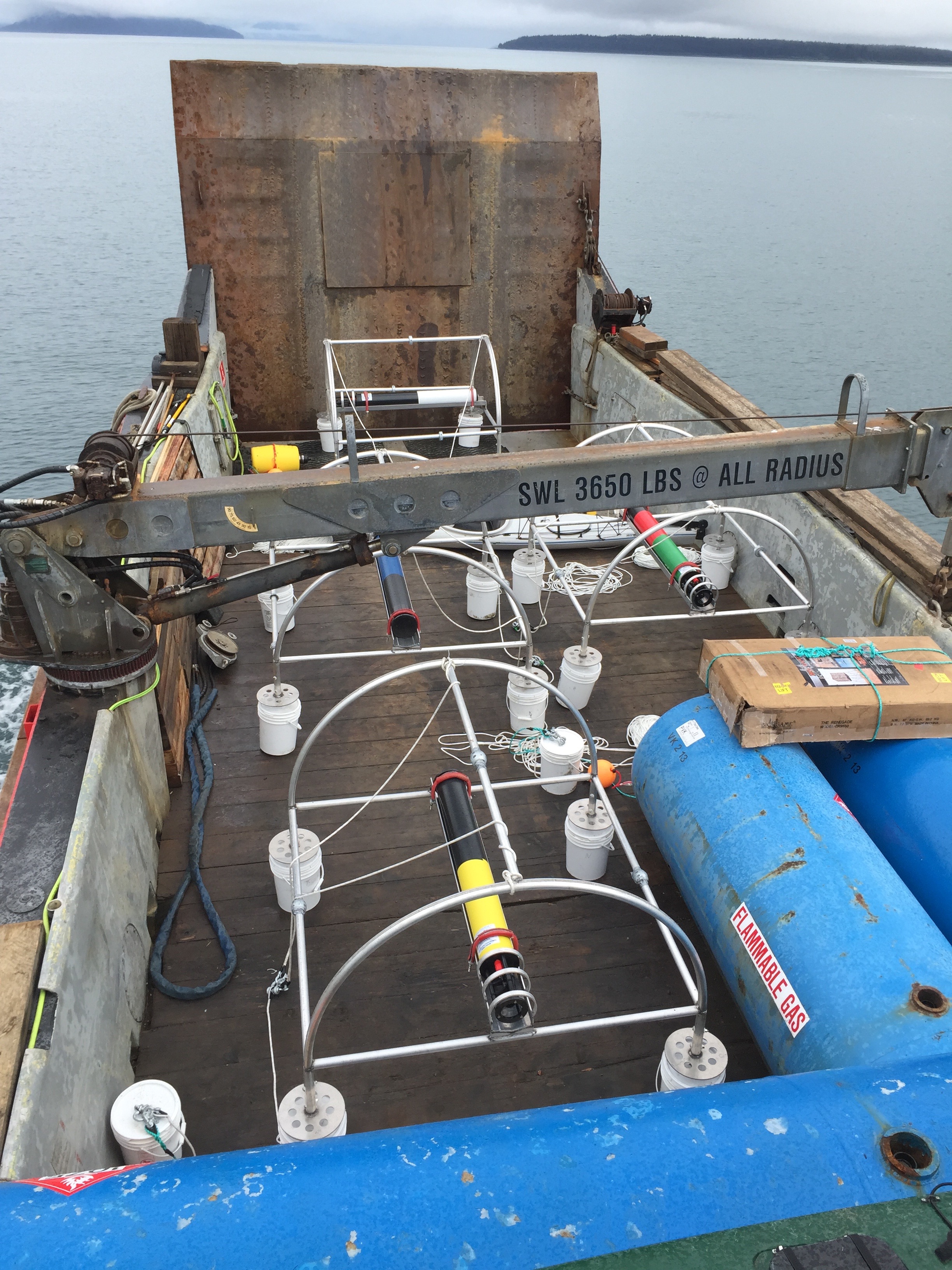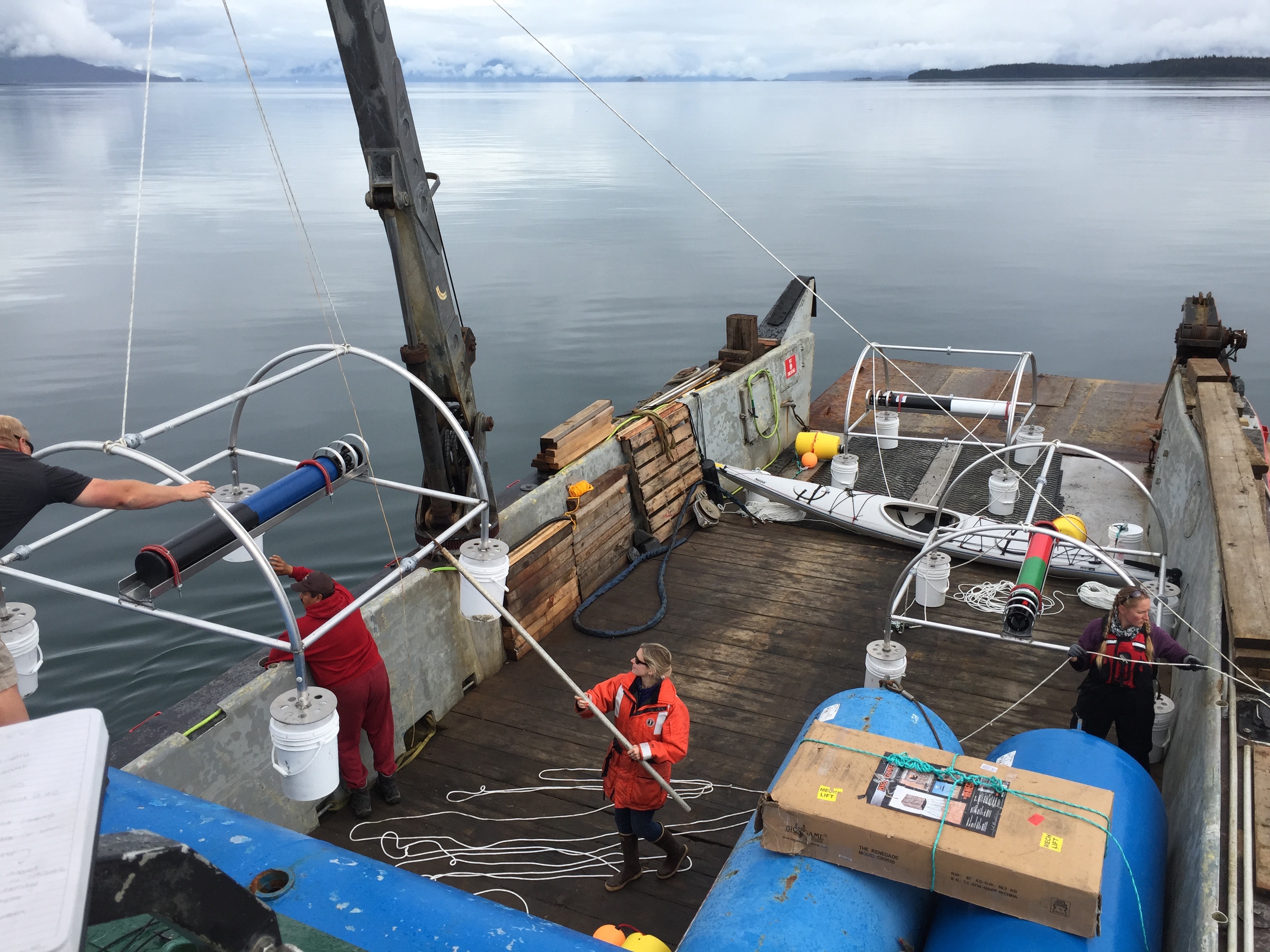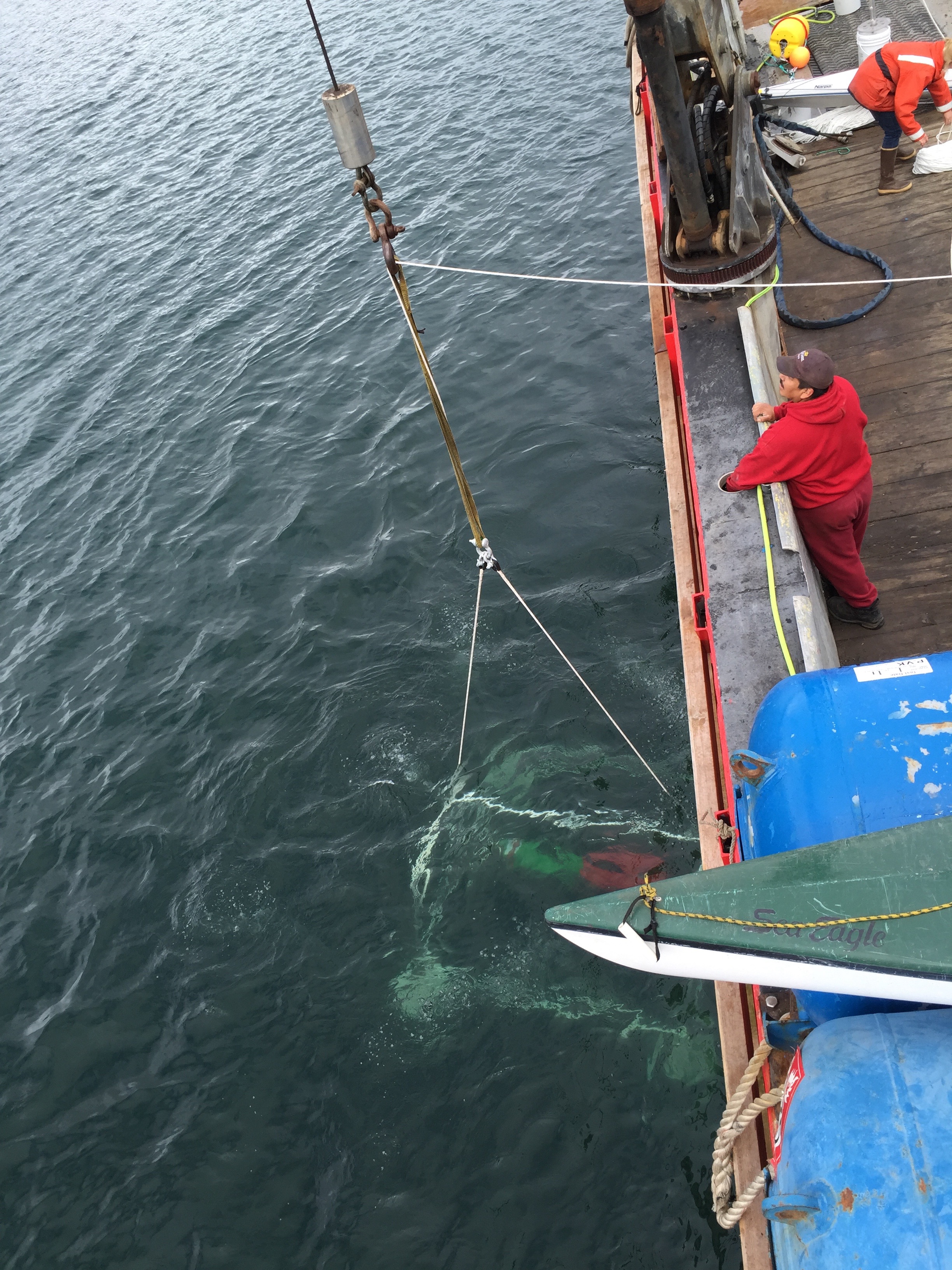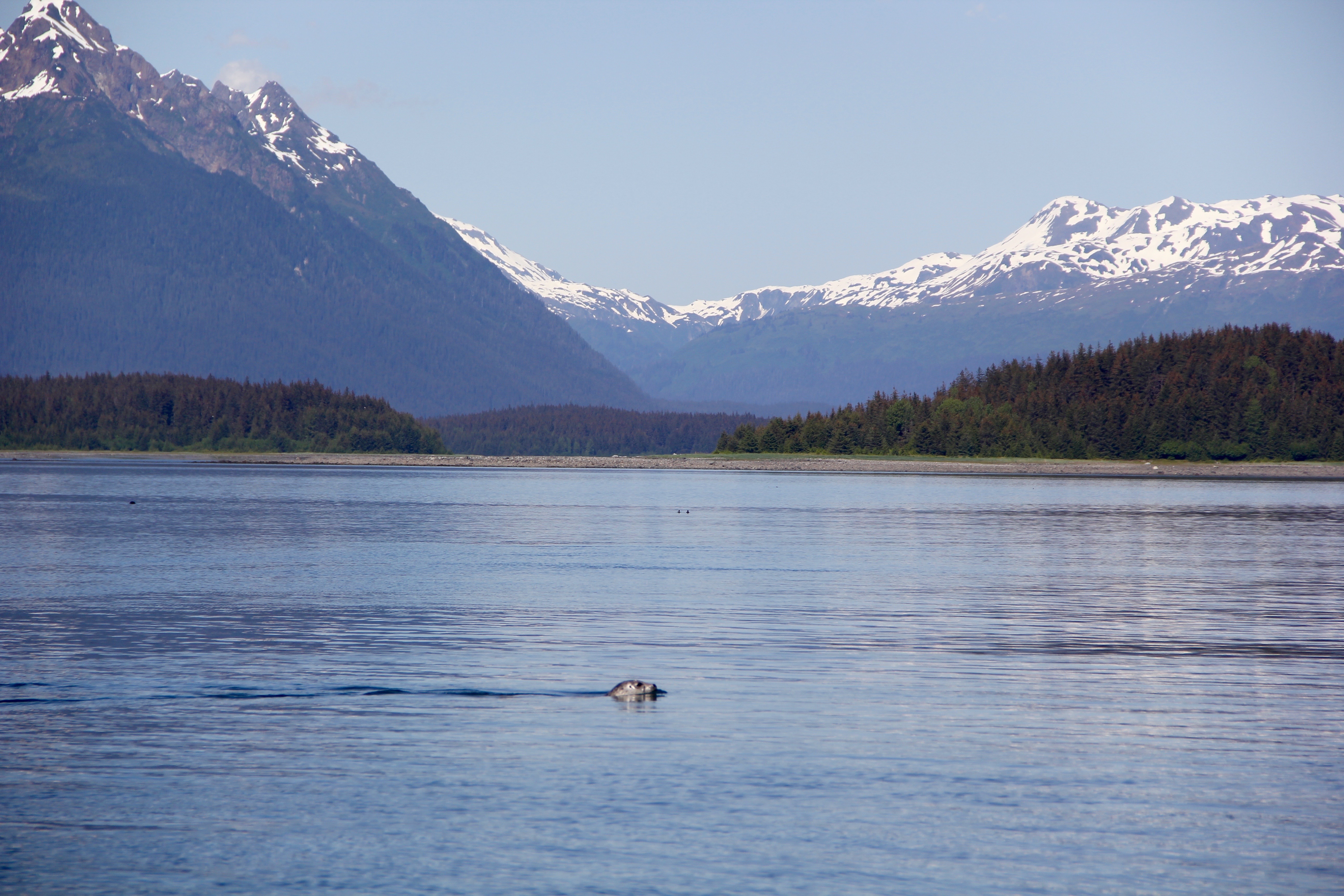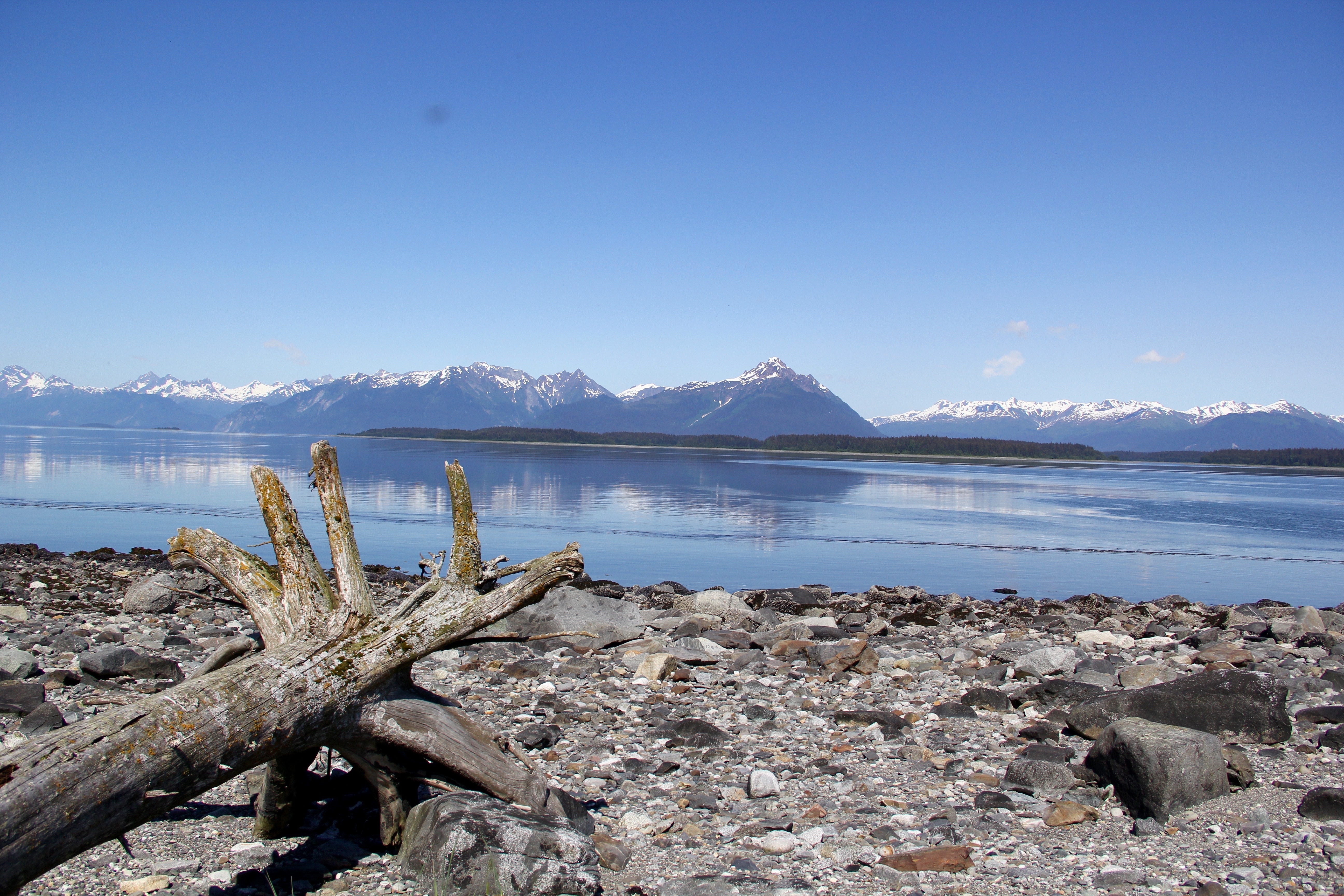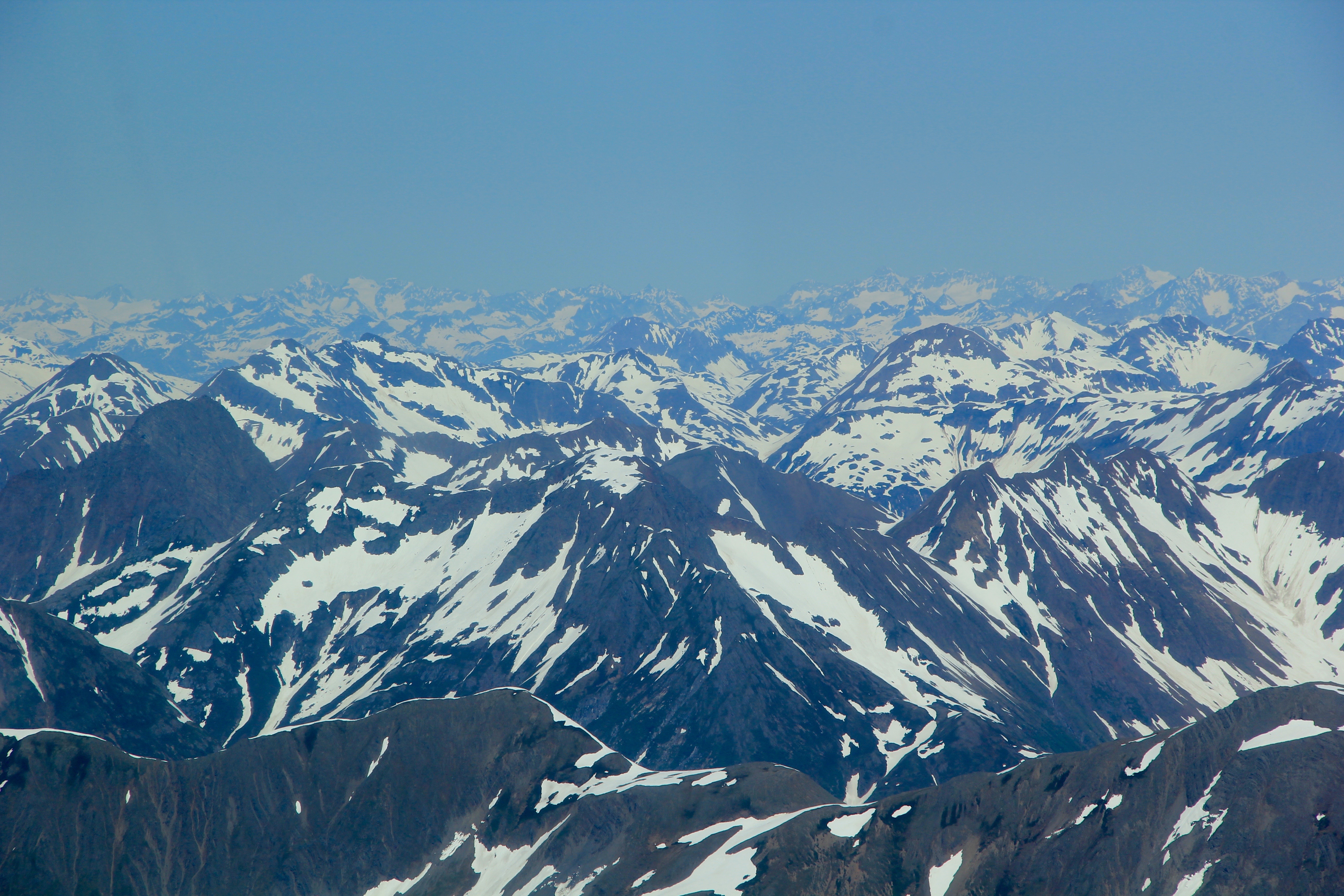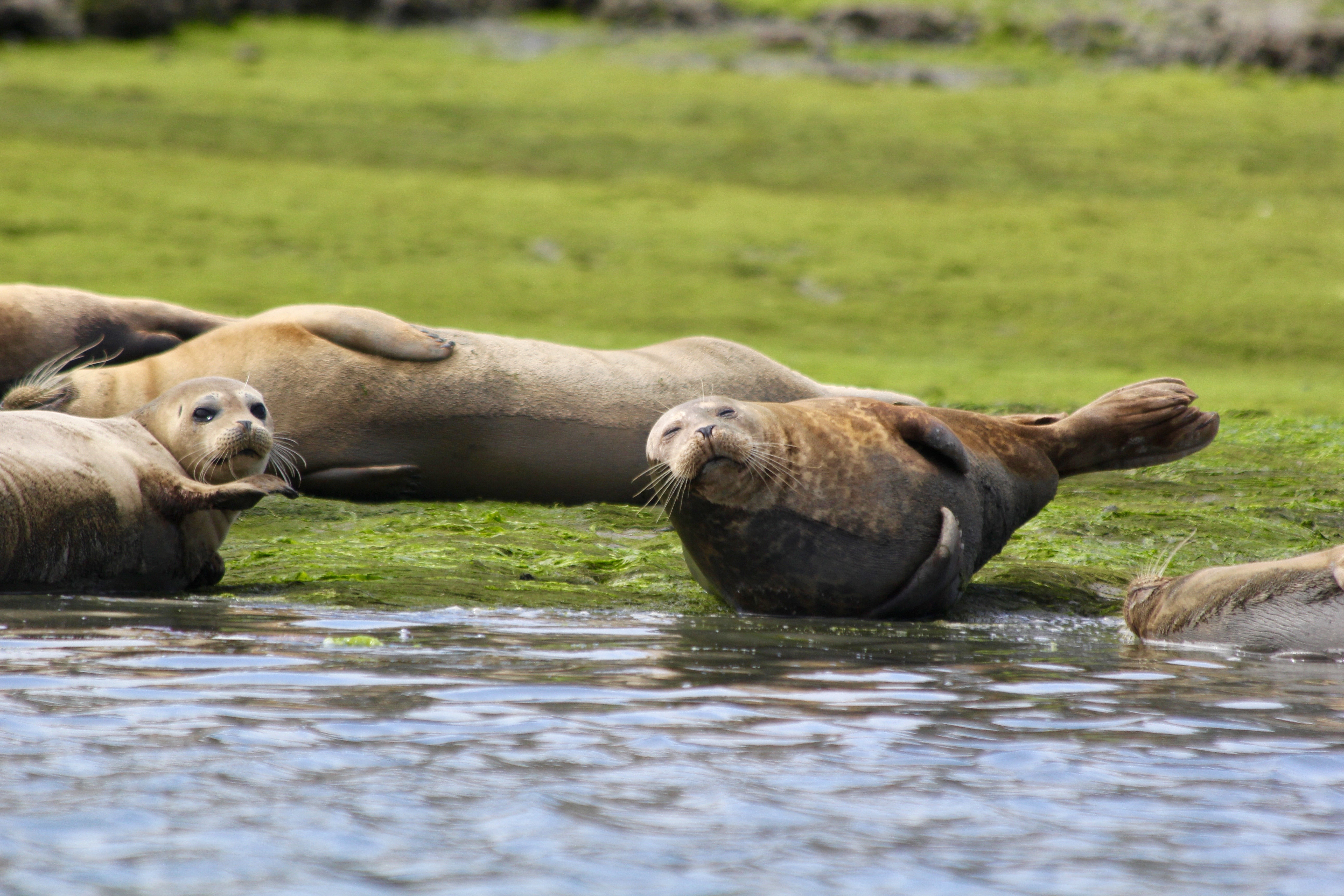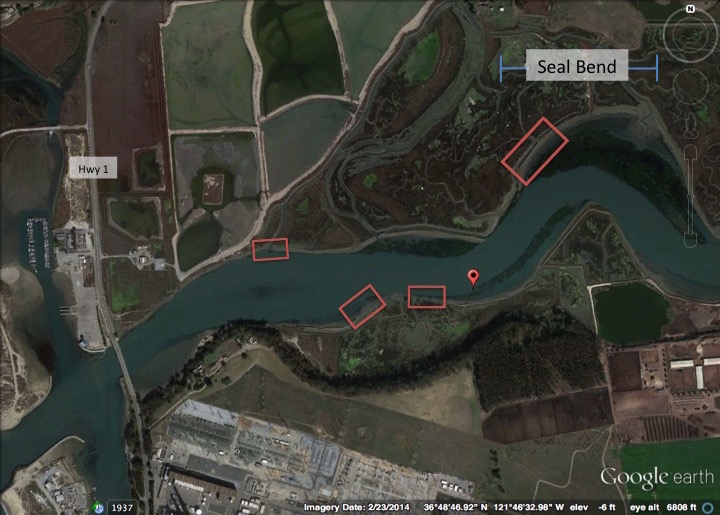I first visited a tropical rainforest eight years ago, and immediately fell in love with the sights, the aromas, the plants and animals, and most importantly the sounds. Since that first hike through the jungle in Guatemala, I have travelled to and spent considerable time in the rainforests of about a dozen countries, from Central and South America to Borneo to Madagascar. I think the main reason I return to the rainforest time after time is to immerse myself in the incredible soundscape. A myriad of animal sounds bombards one’s ears at all times, but particularly in the early morning and late evening. Frogs, birds, insects, primates and other mammals together produce a symphony of elaborate complexity exceeding that of any classical composer.
Evening rainforest soundscape in Madagascar, including frogs, birds, and insects. Recorded in Andasibe Park by C. Swider
After discovering the rainforest soundscape for the first time, I began bringing an audio recording device on my subsequent expeditions. Whenever I travel someplace new, I like to document any natural sounds that I can. I have often travelled around making recordings not for scientific purposes but simply for the pleasure of having those soundscapes at my disposal in the future, should I feel the urge to listen. Recently, however, I have been thinking about what these recordings can tell us about the natural world. The field of bioacoustics has long focused on a simple model of a sender of an acoustic signal, a receiver, and what happens in between. But what happens if we take a step back and look at this process on a larger scale? Suddenly we have multiple species with multiple types of songs and calls, contributing to a much more complex scenario. Investigating sound at this “zoomed-out” scale of animal communities and ecosystems is the focus of the emerging field of ecoacoustics. Whereas bioacoustics often focuses on single species or even single individuals, ecoacoustics looks at entire habitats and regions.
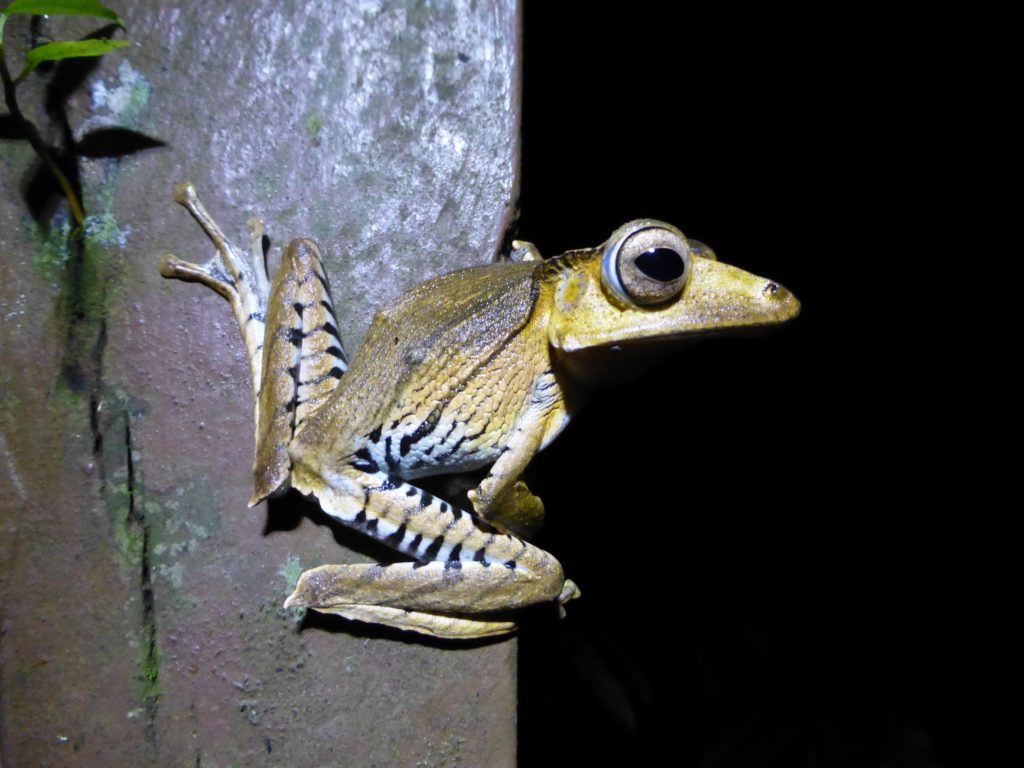
So how can this new perspective contribute to conservation and allow us to make new discoveries about the natural world? These are the questions I am interested in investigating while working in the Parks lab over the coming years. Of particular interest to me is the use of so-called “ecoacoustic indices” in conservation. These indices are physical measurements of an audio recording that quantify some aspect of the soundscape, often the level of complexity. In theory, the complexity of a soundscape should increase with the number of species present in the community, because more species produce not only more vocalizations but different vocalizations. Therefore, an index that quantifies the complexity of the soundscape should theoretically provide a useful way to examine how biodiversity changes from place to place, which would have huge implications for conservation.
Unfortunately, it is not that simple. The study of ecoacoustic indices is a relatively new endeavor, and just like any developing field, it is not without complications. The indices seem applicable in some situations, but fail in others. Nobody yet knows exactly what sort of information about an ecosystem, if any, is represented by these indices. This is the body of knowledge that needs to be developed before these indices can be implemented in conservation efforts, and it is a major area of interest of mine. Stay tuned for results of up and coming projects!
-Colin Swider, PhD student
